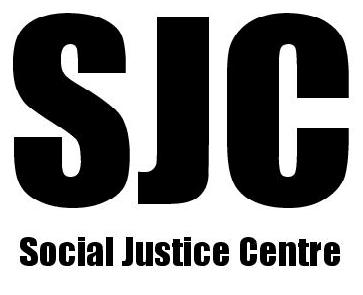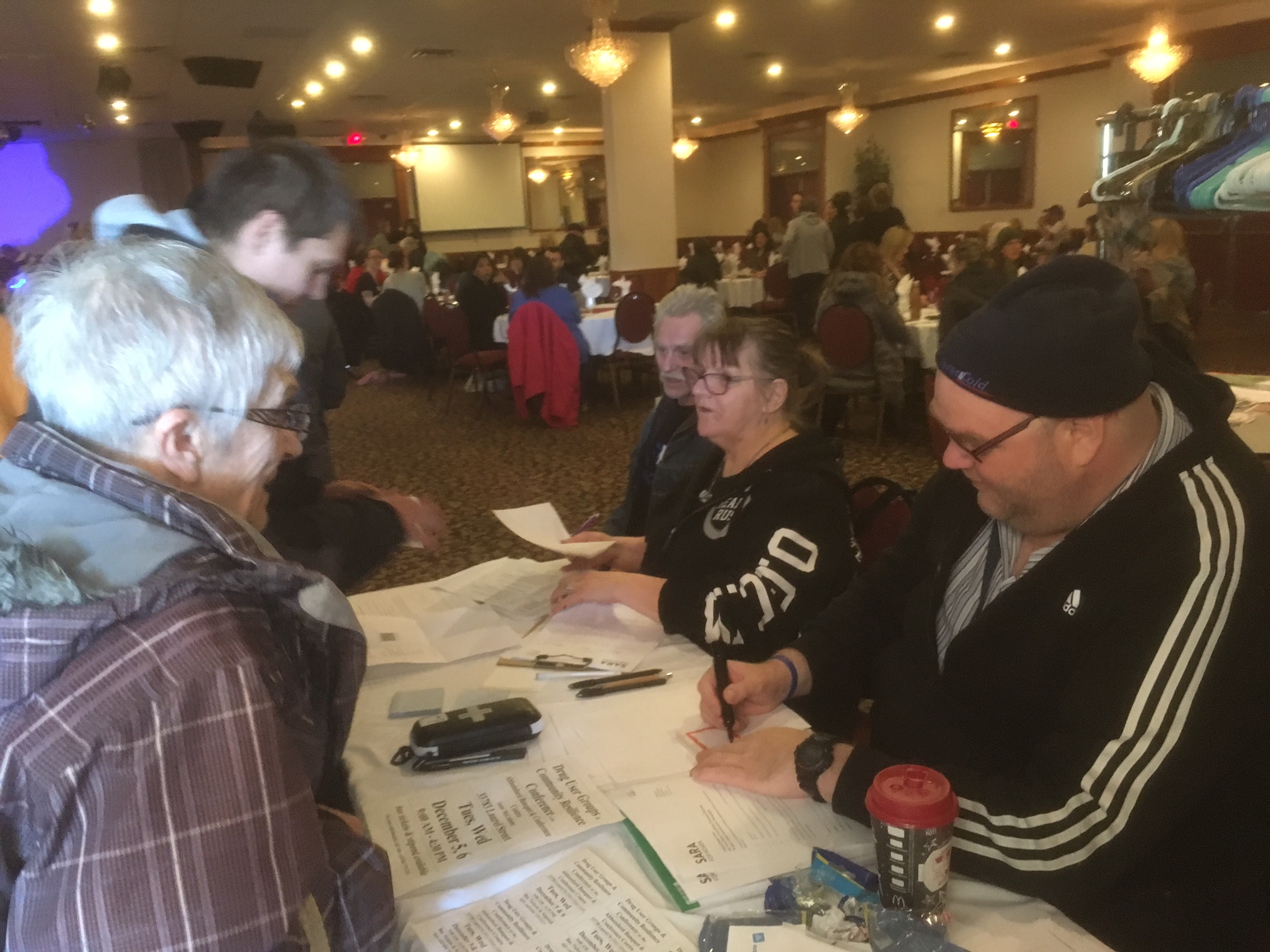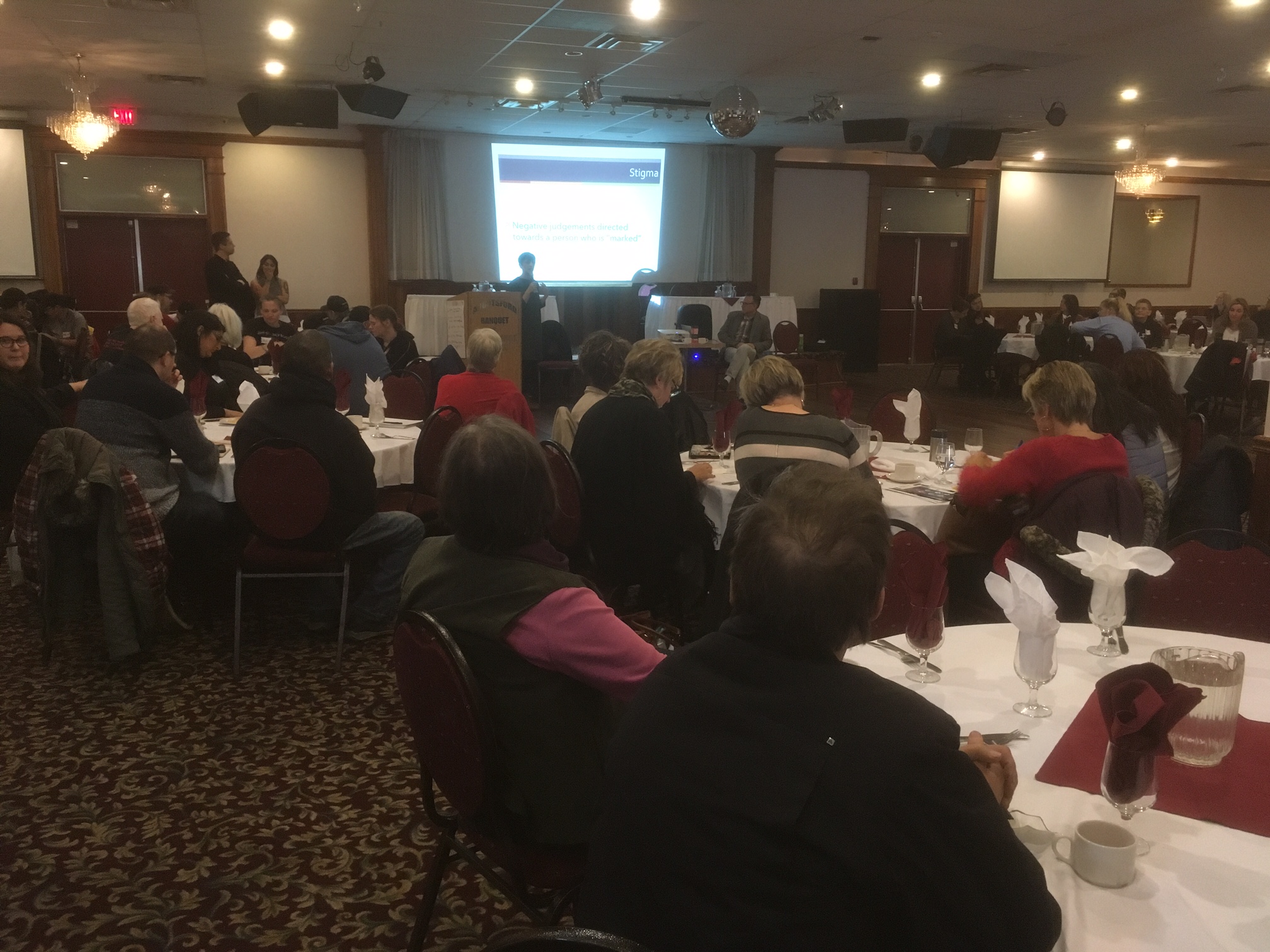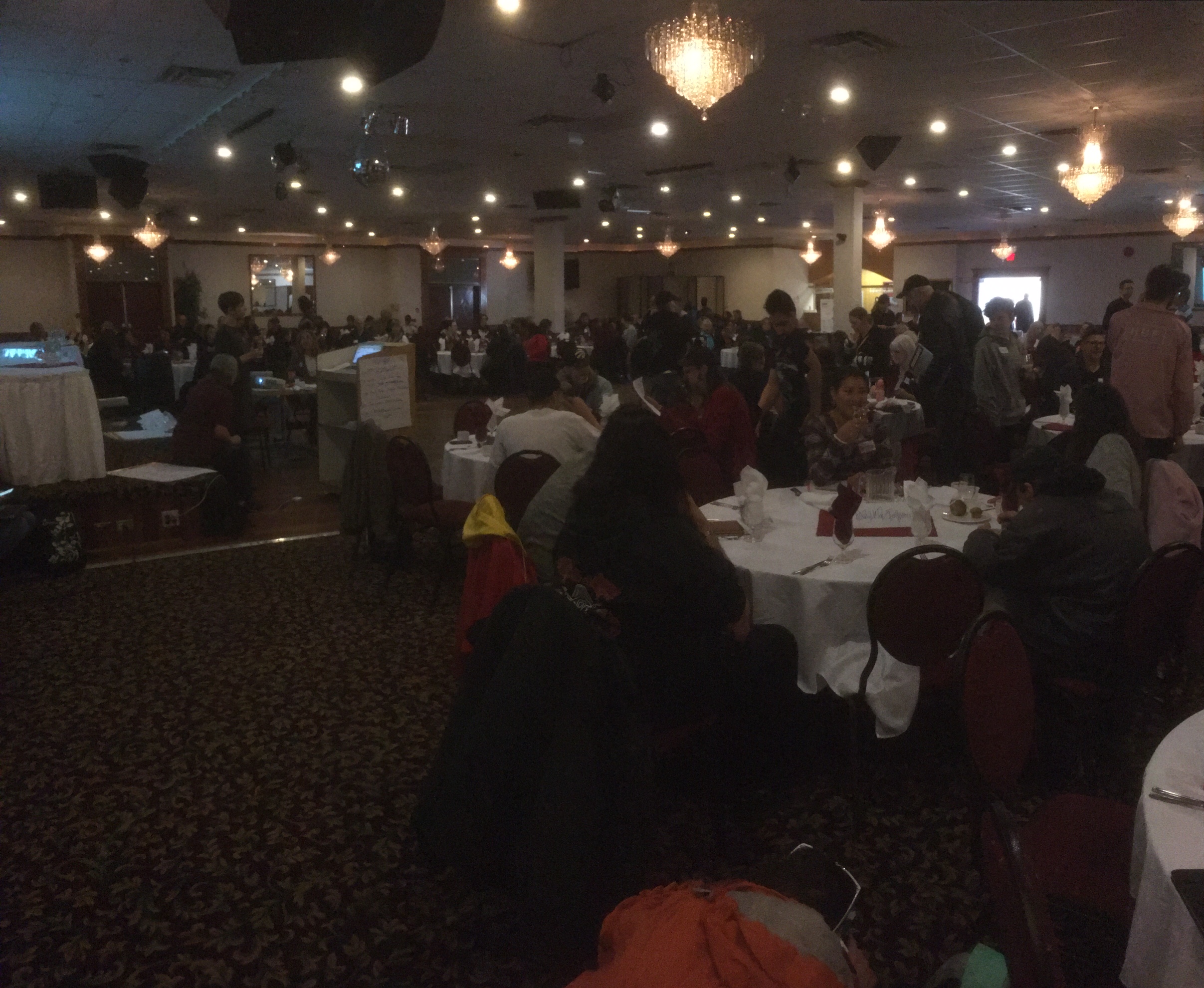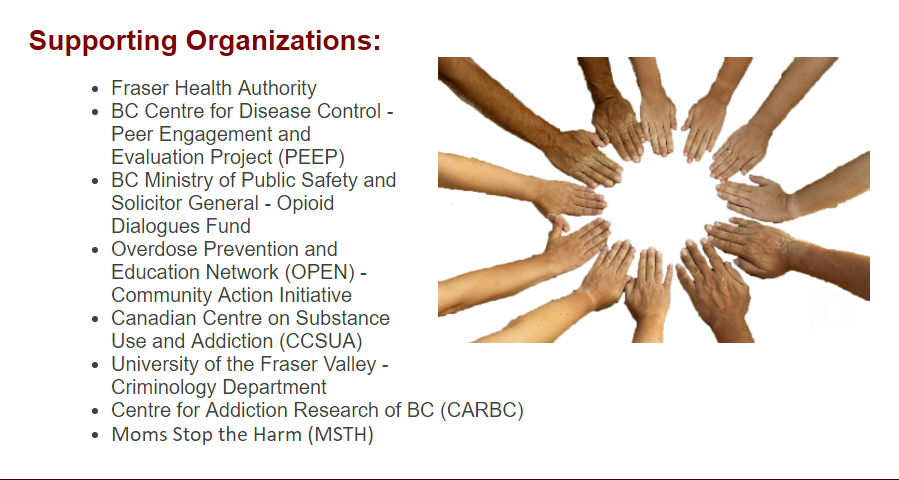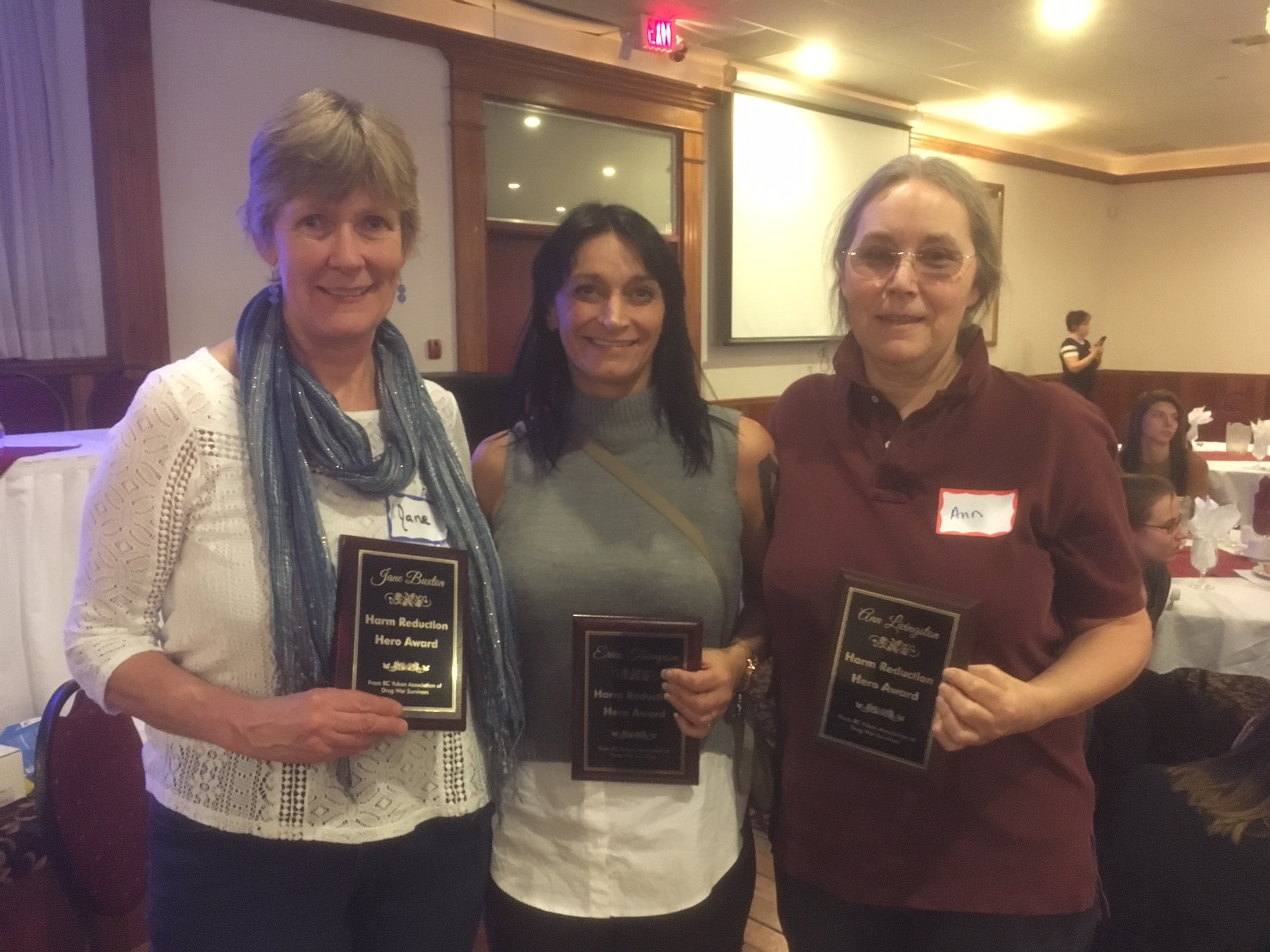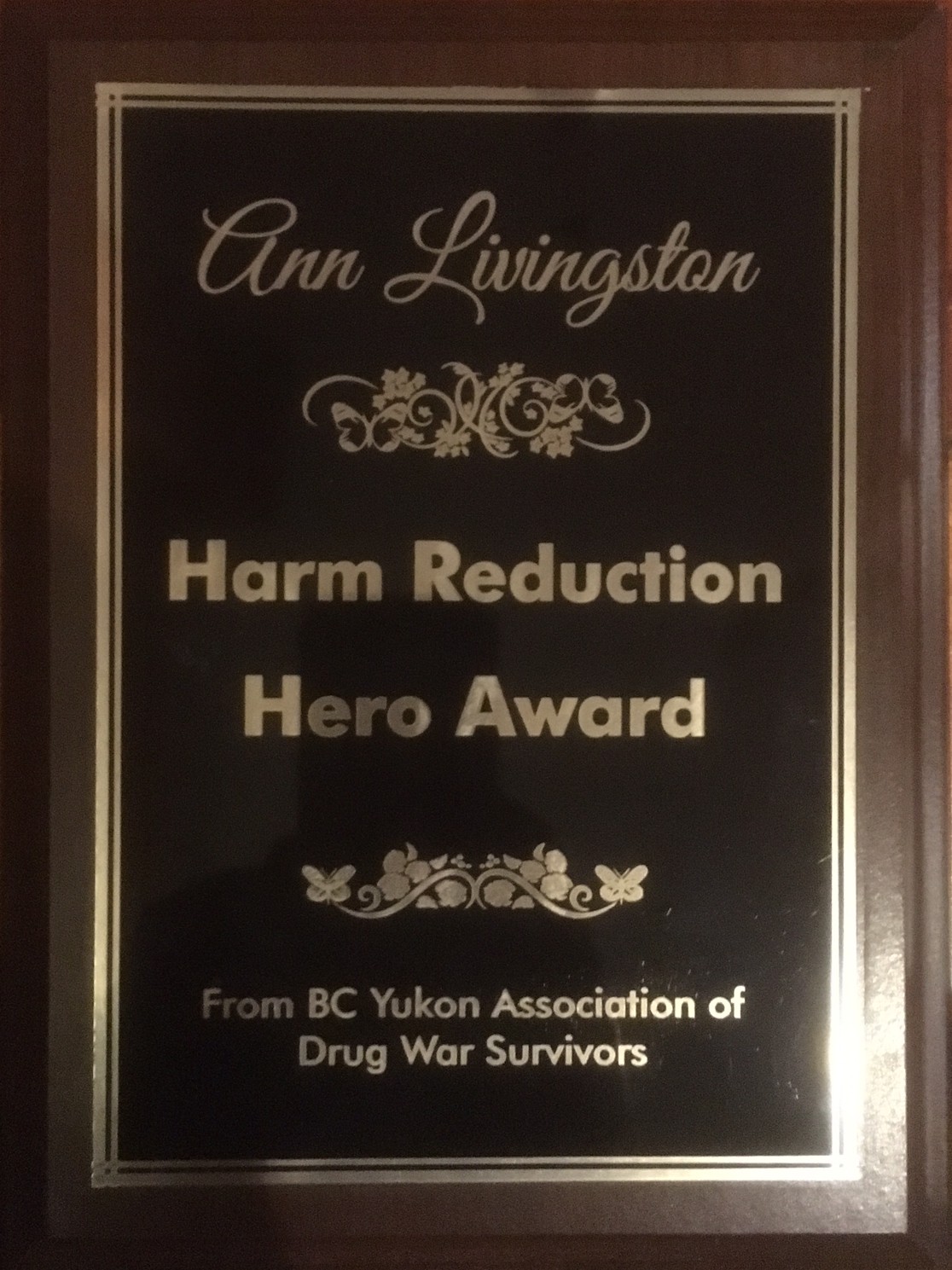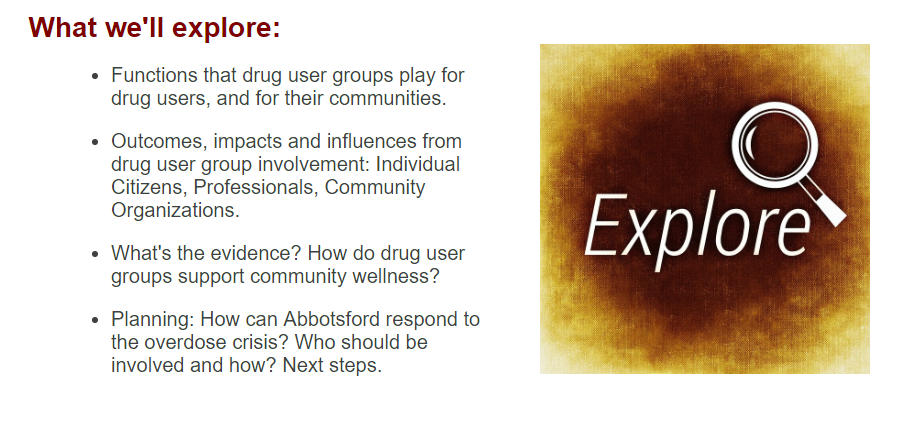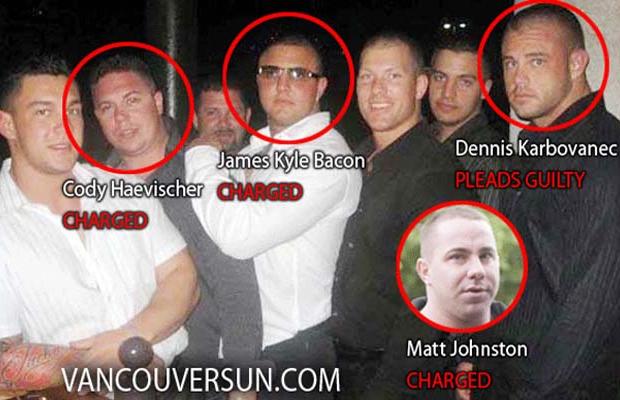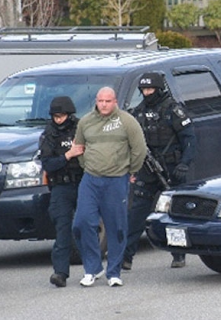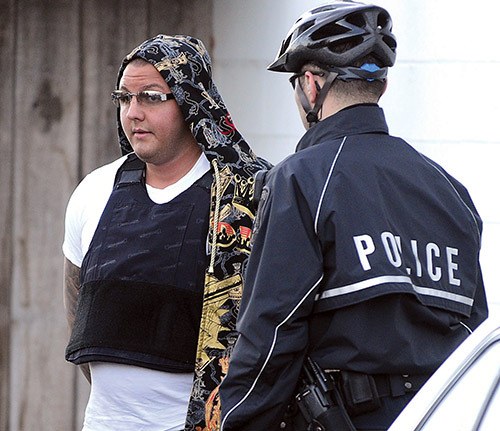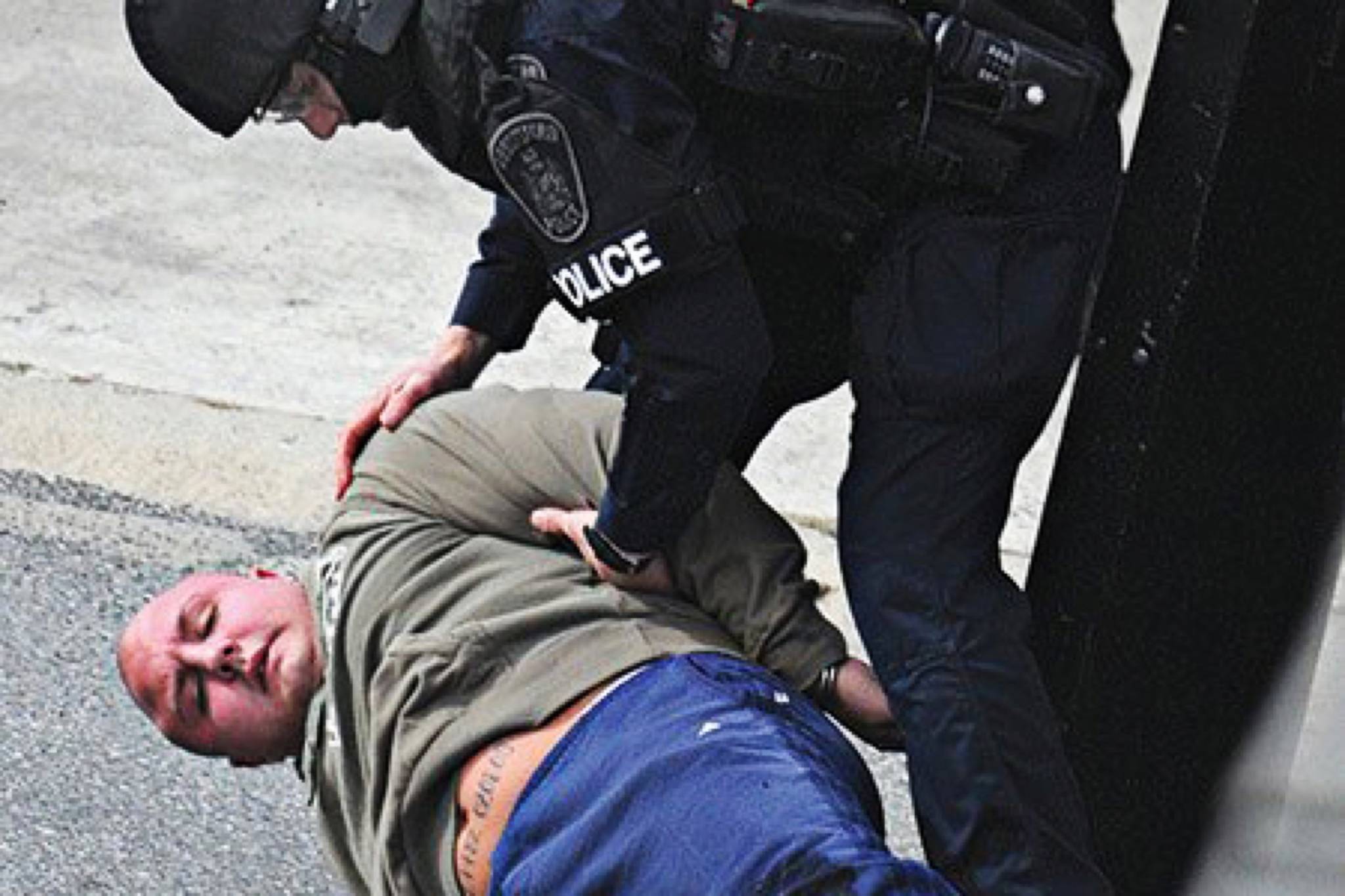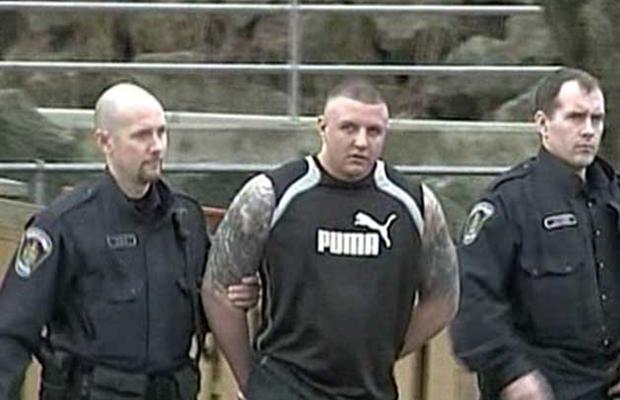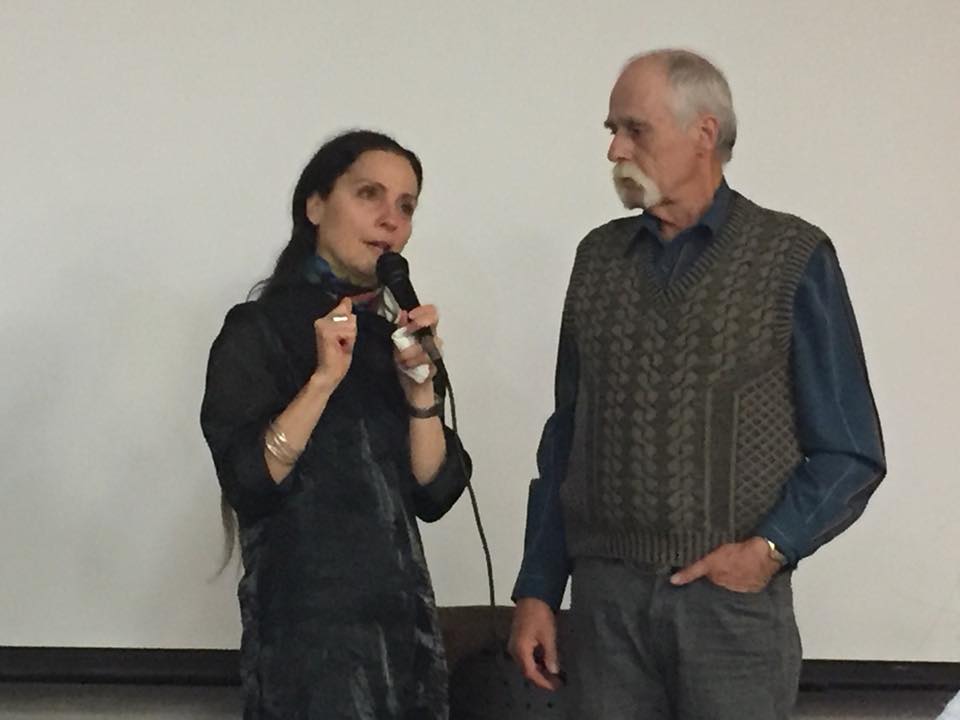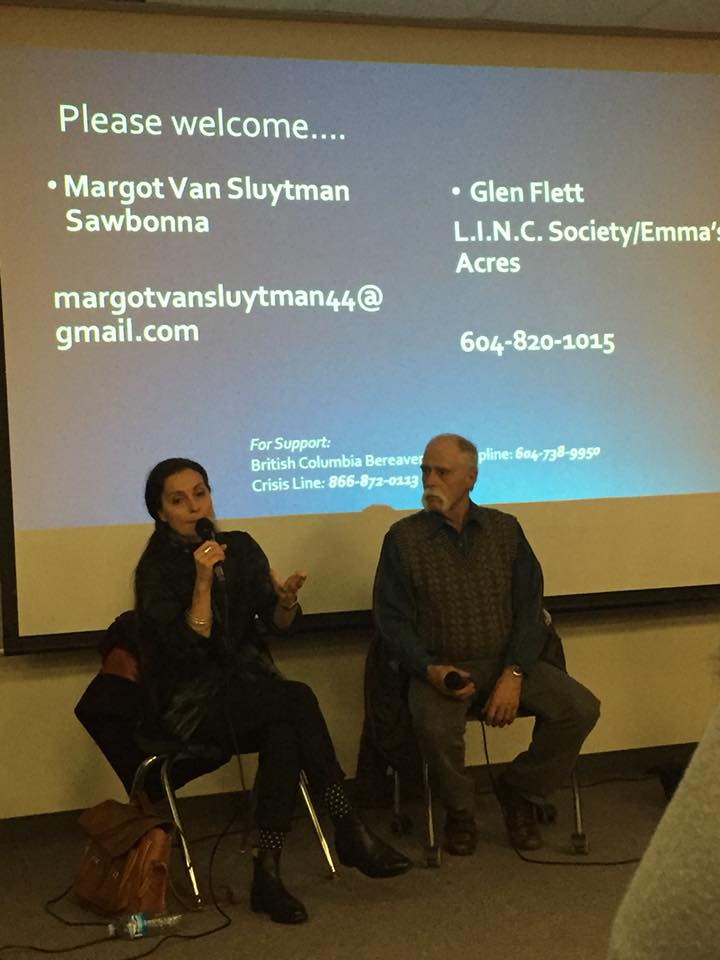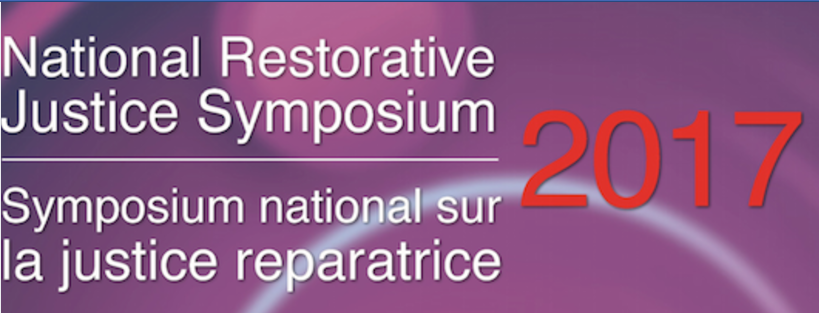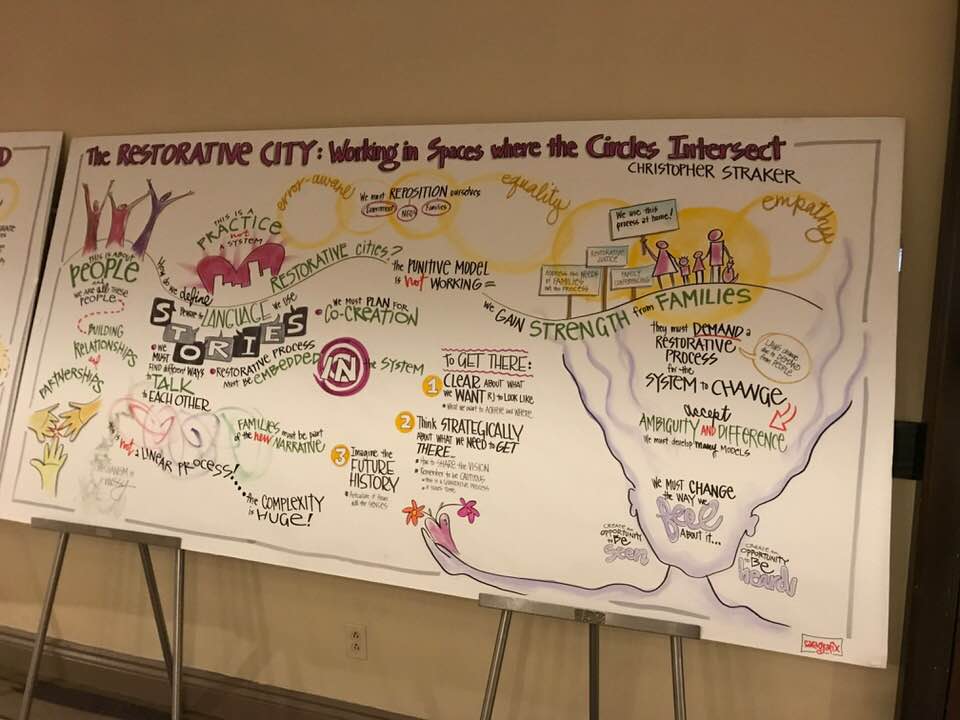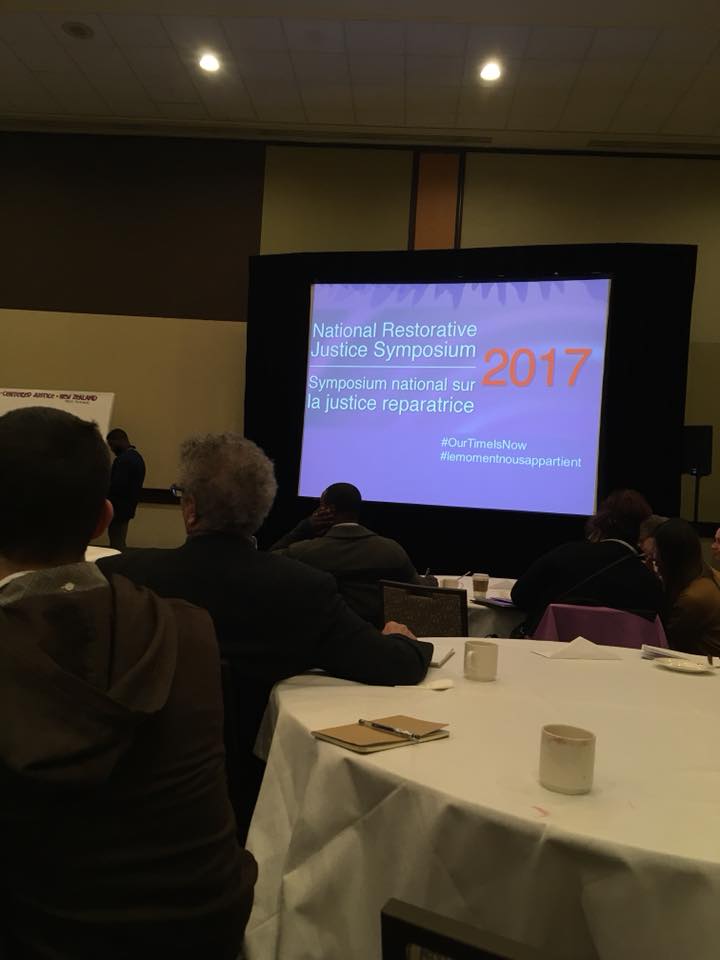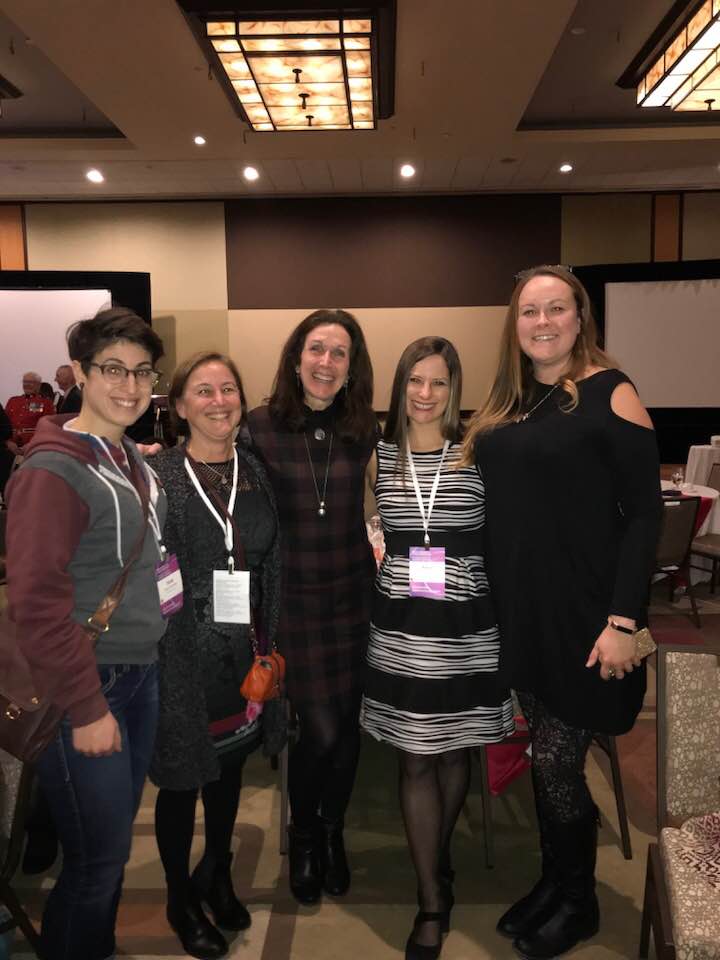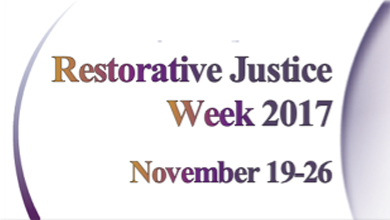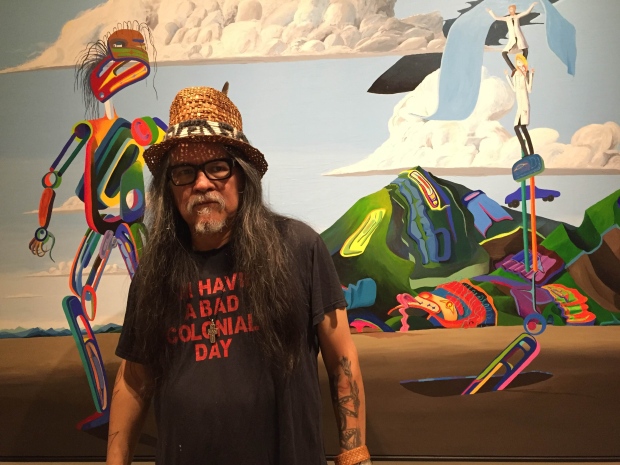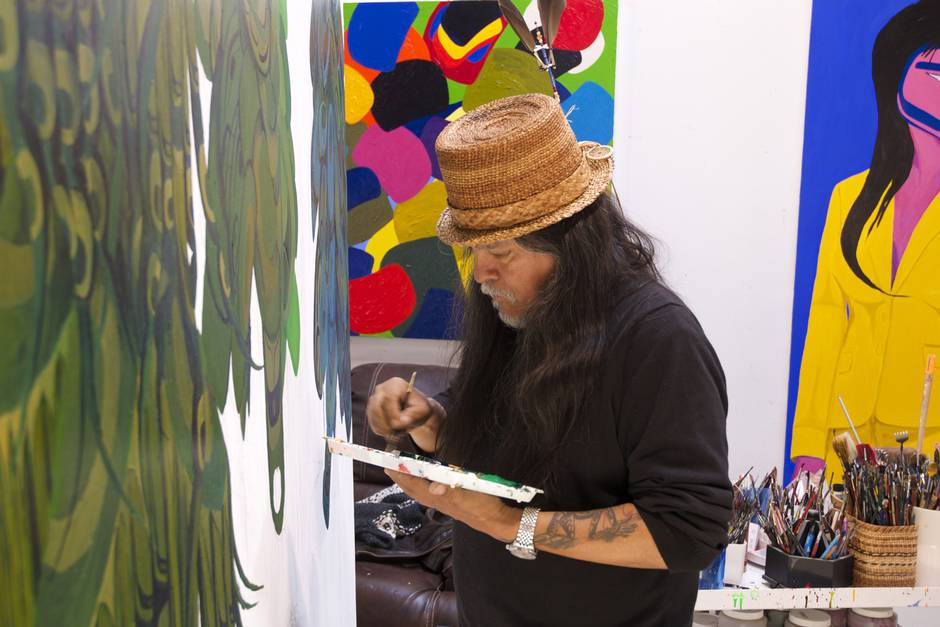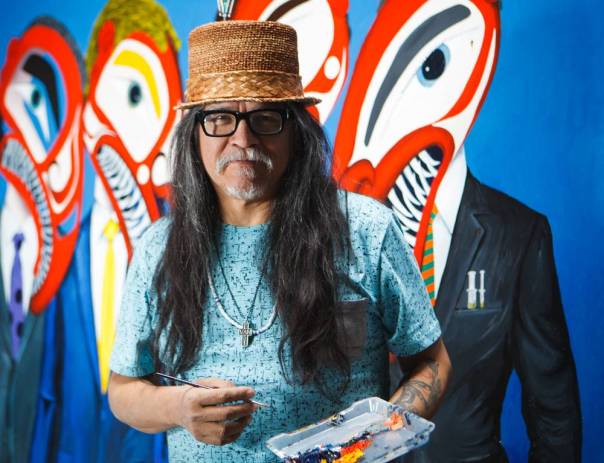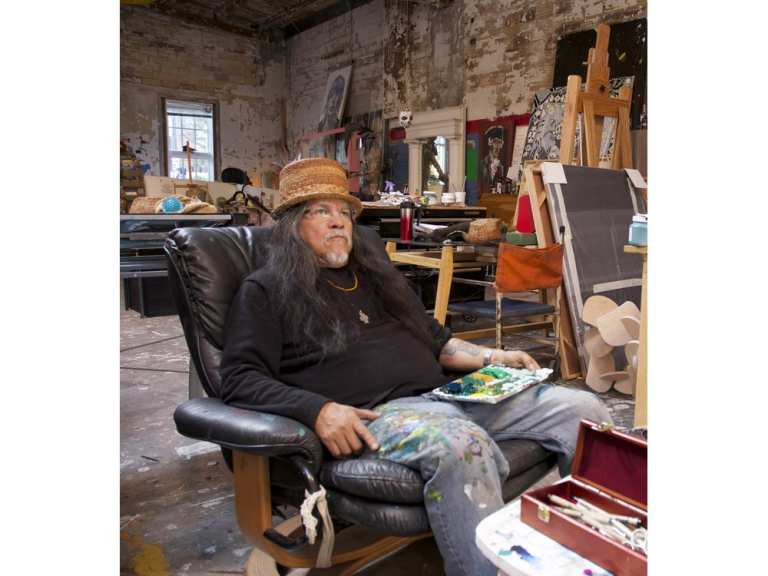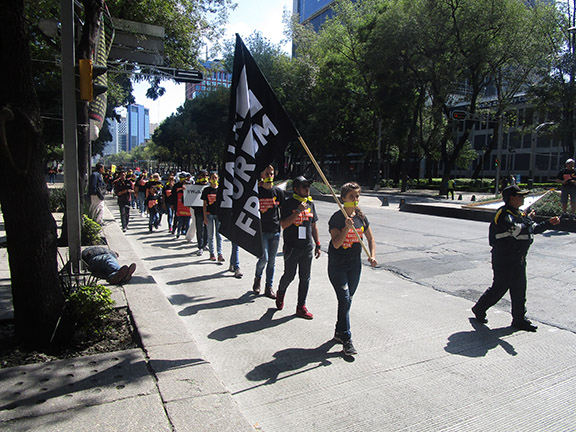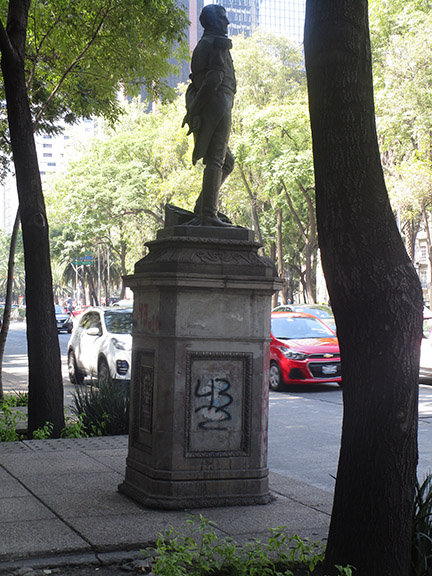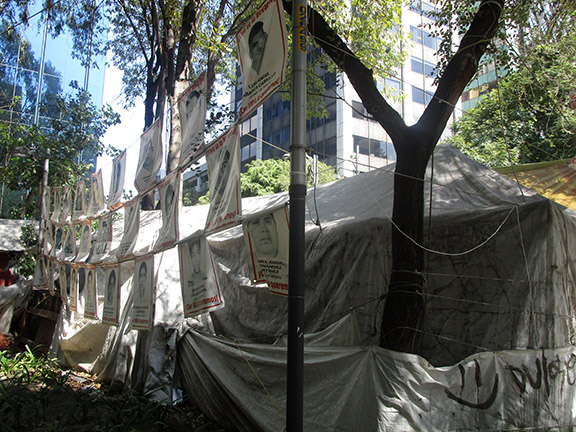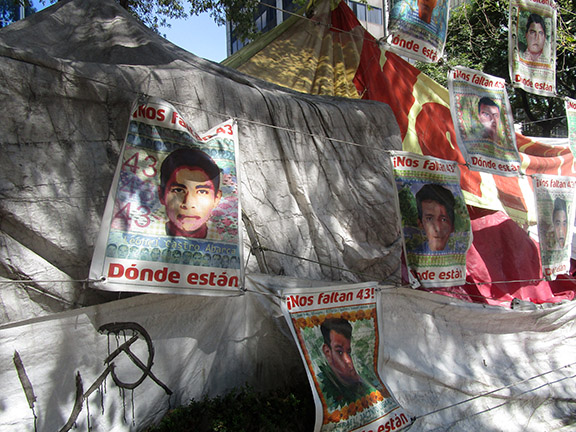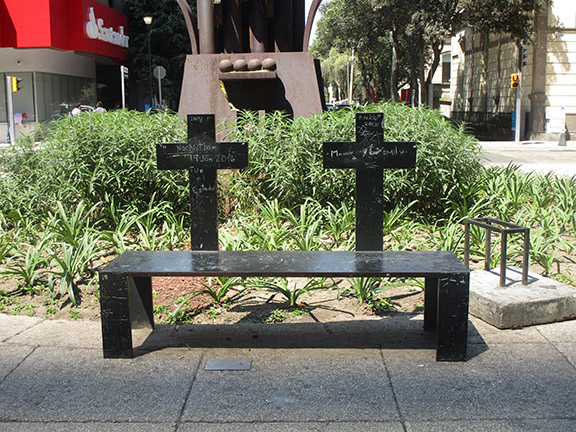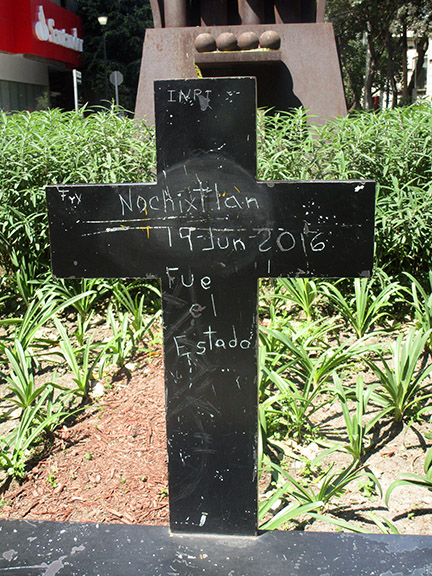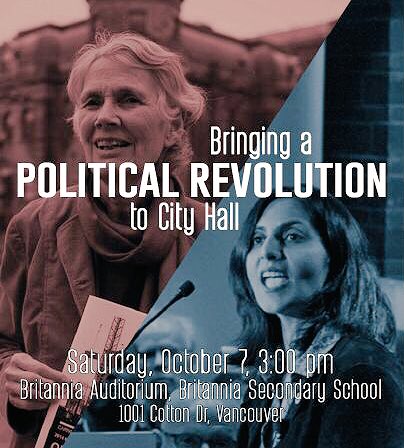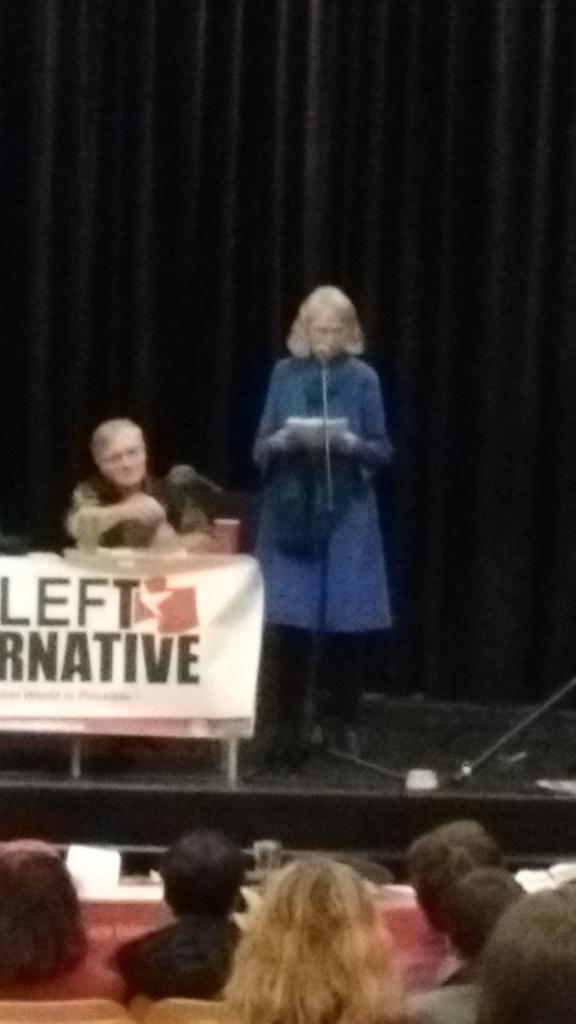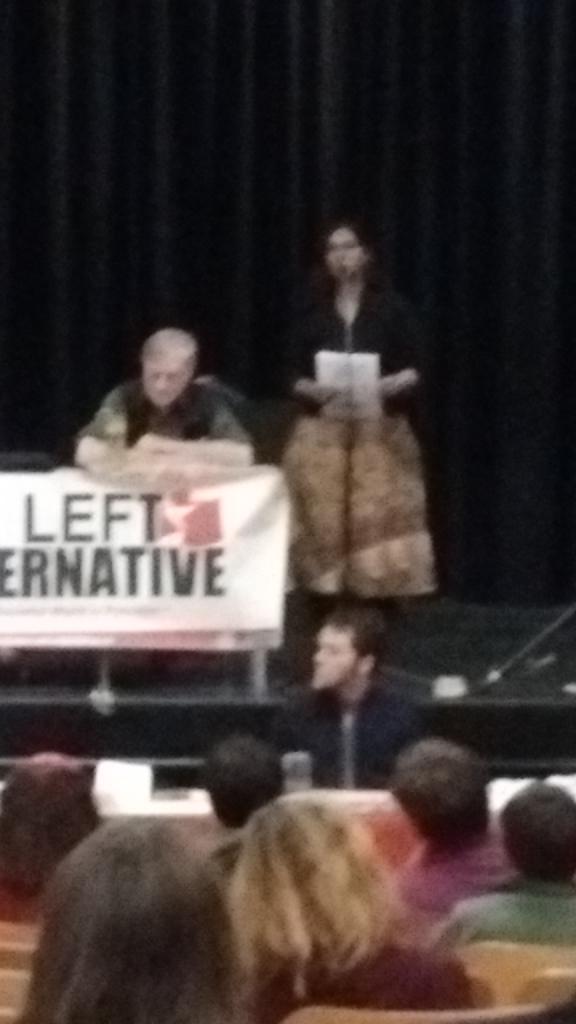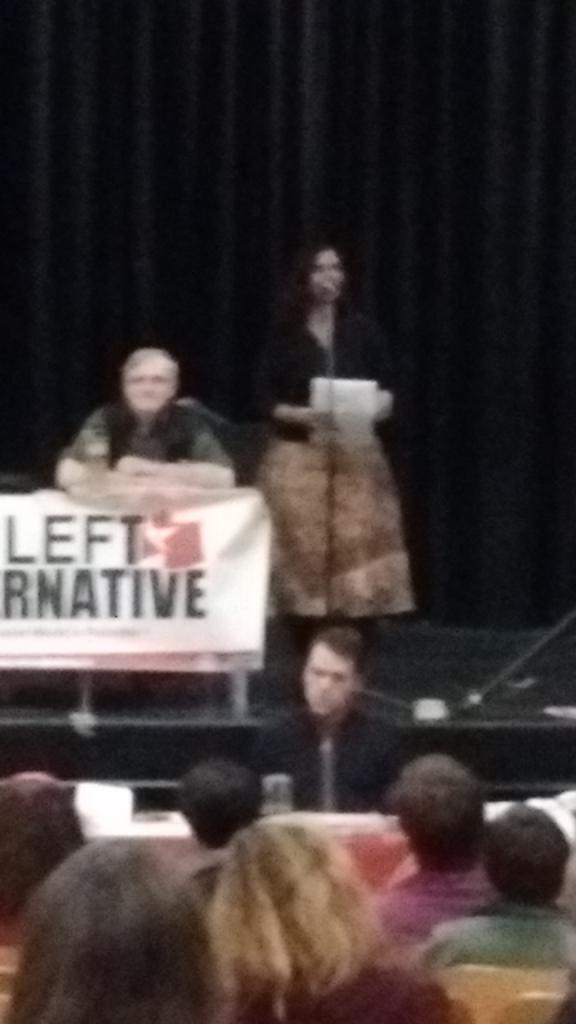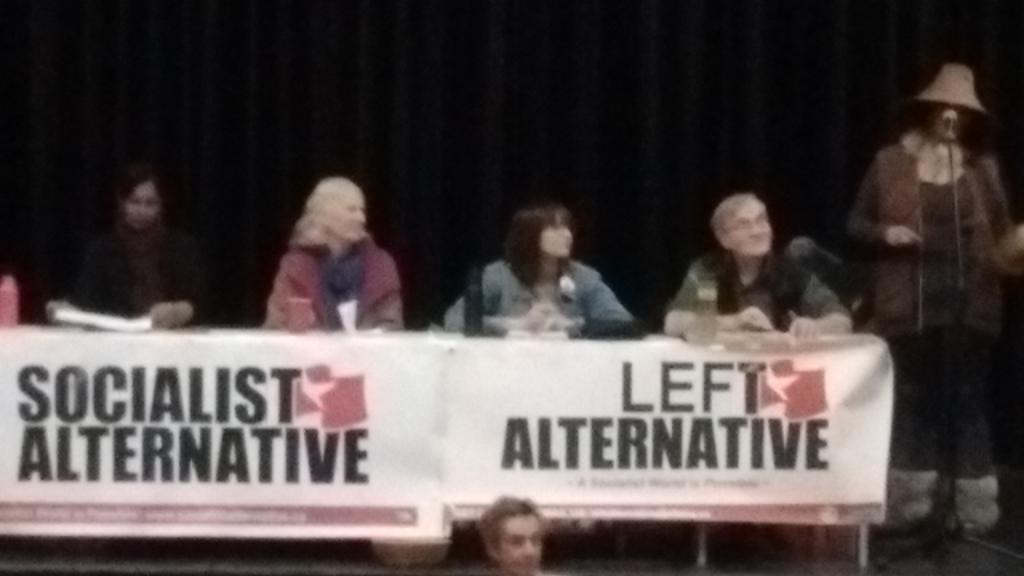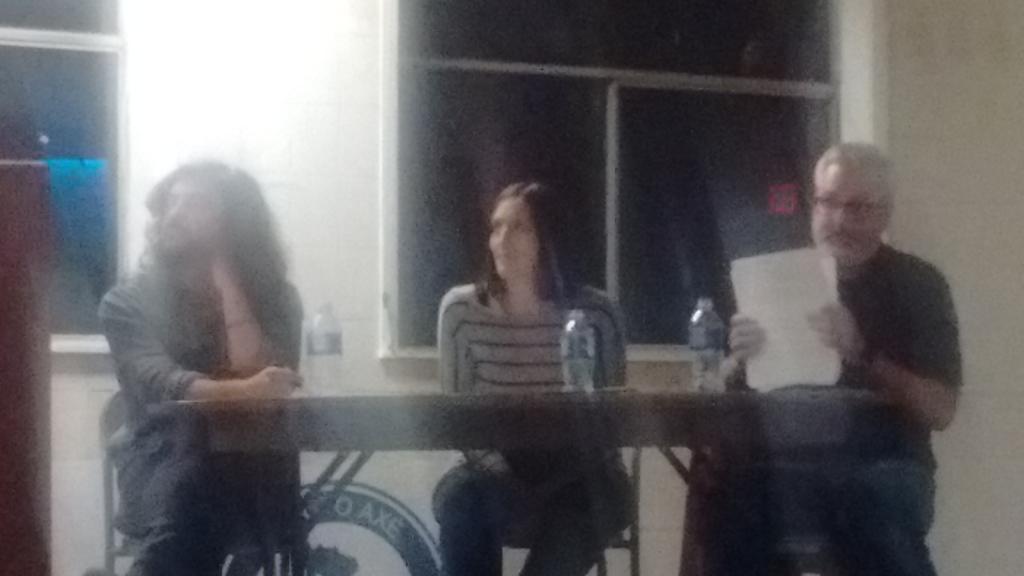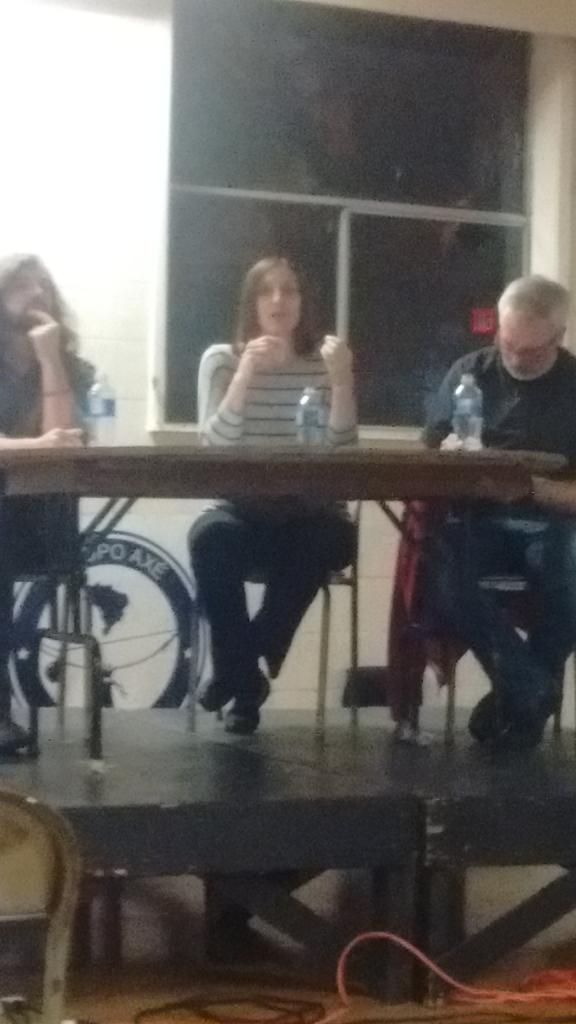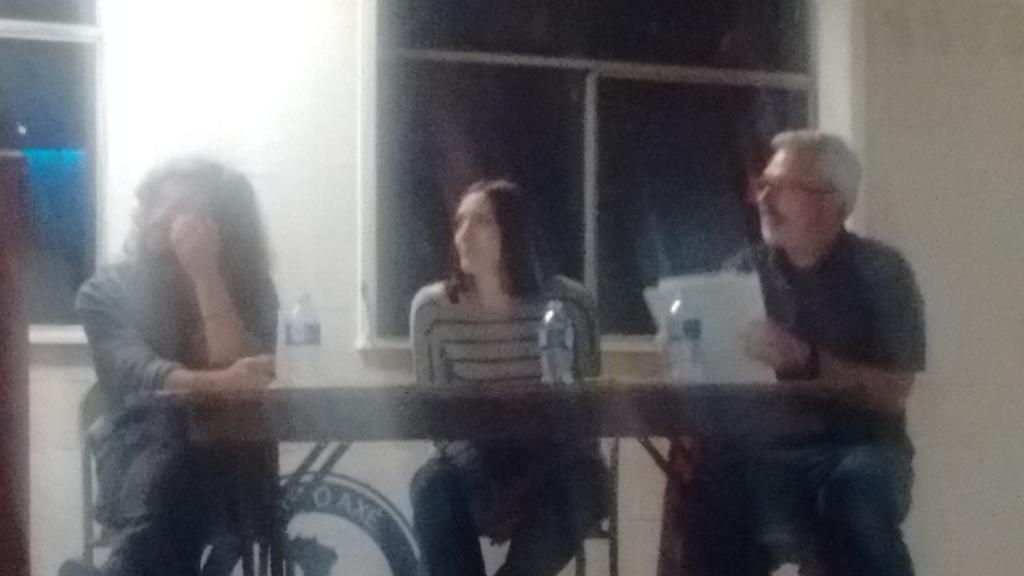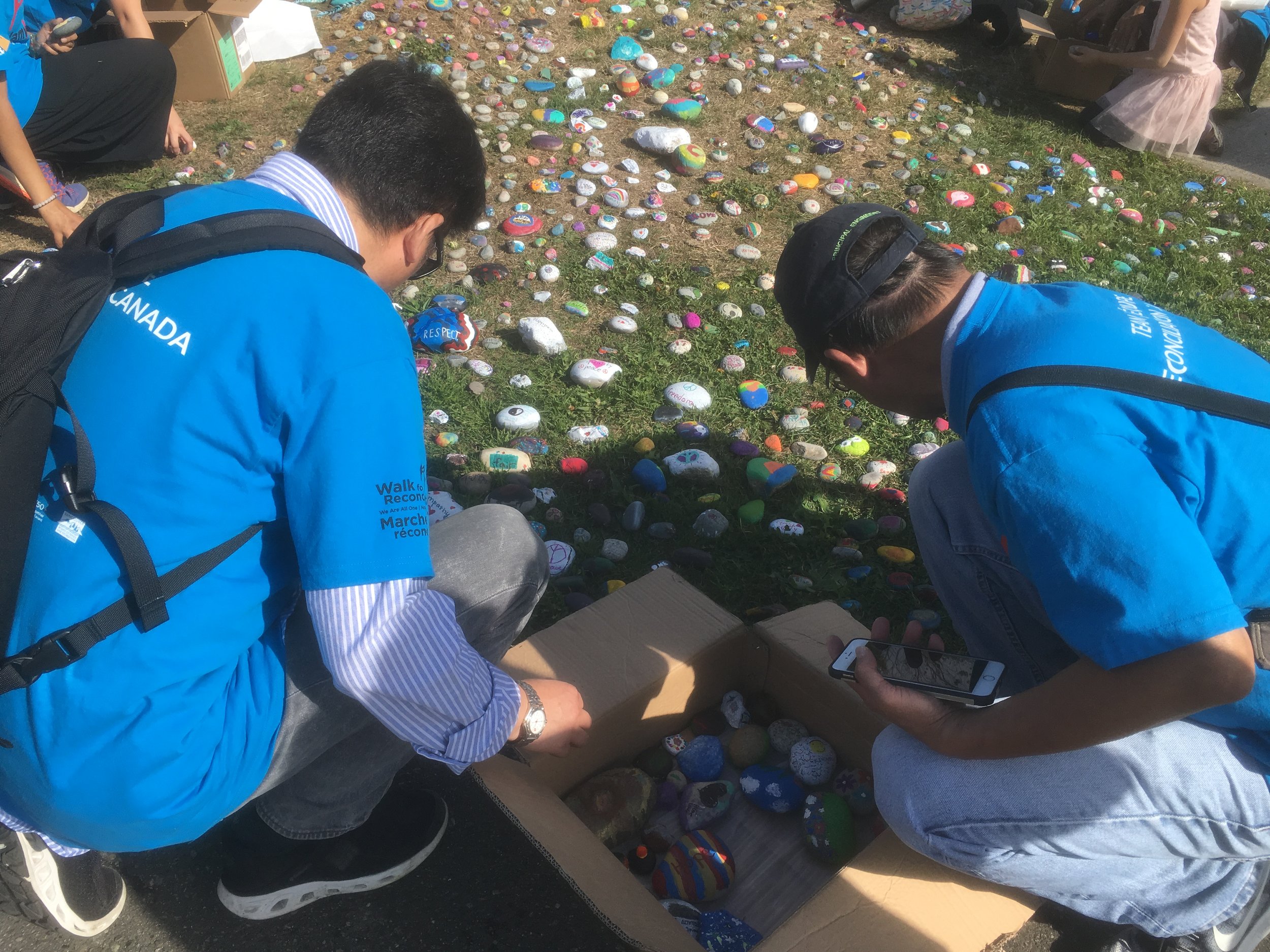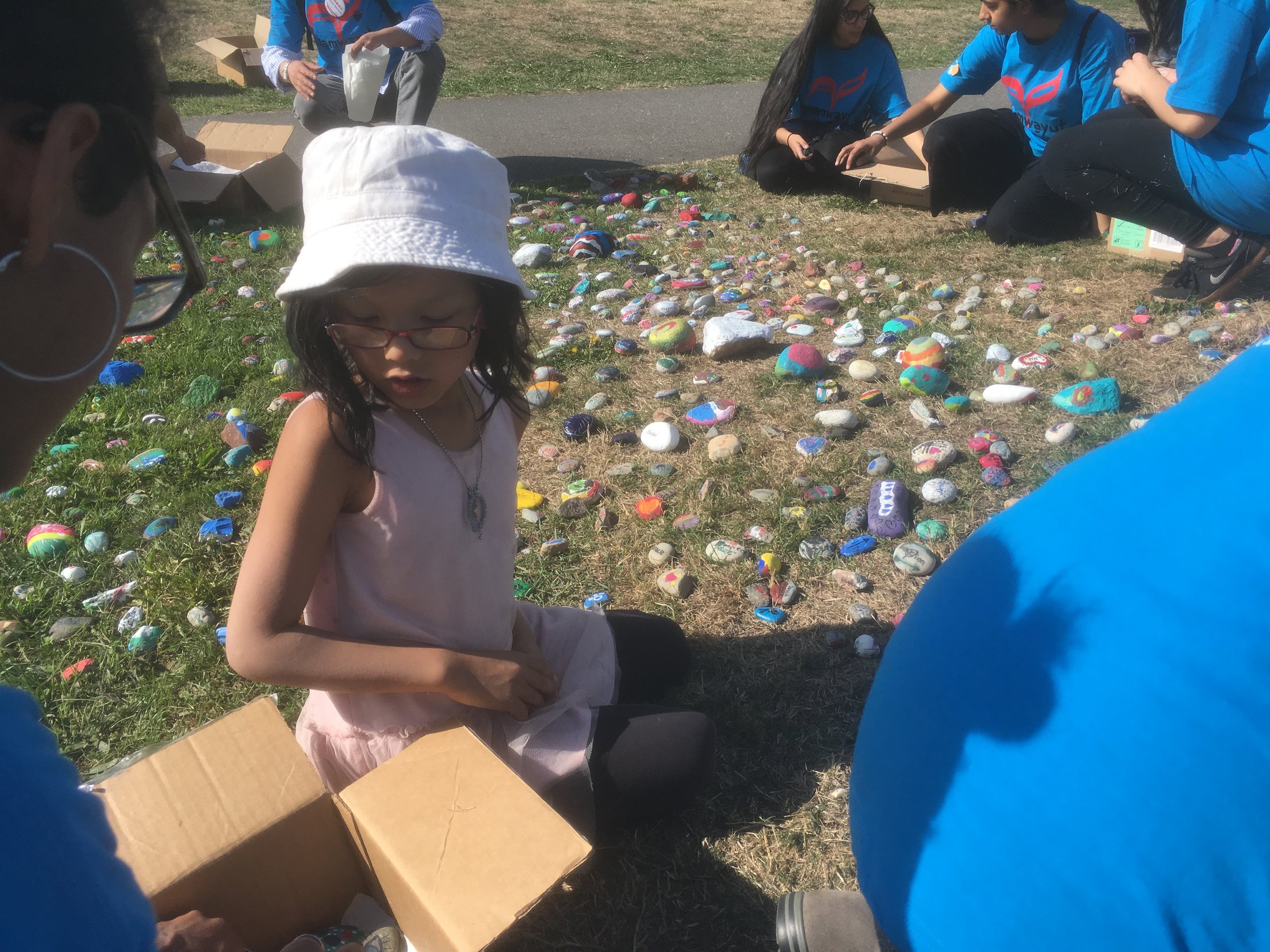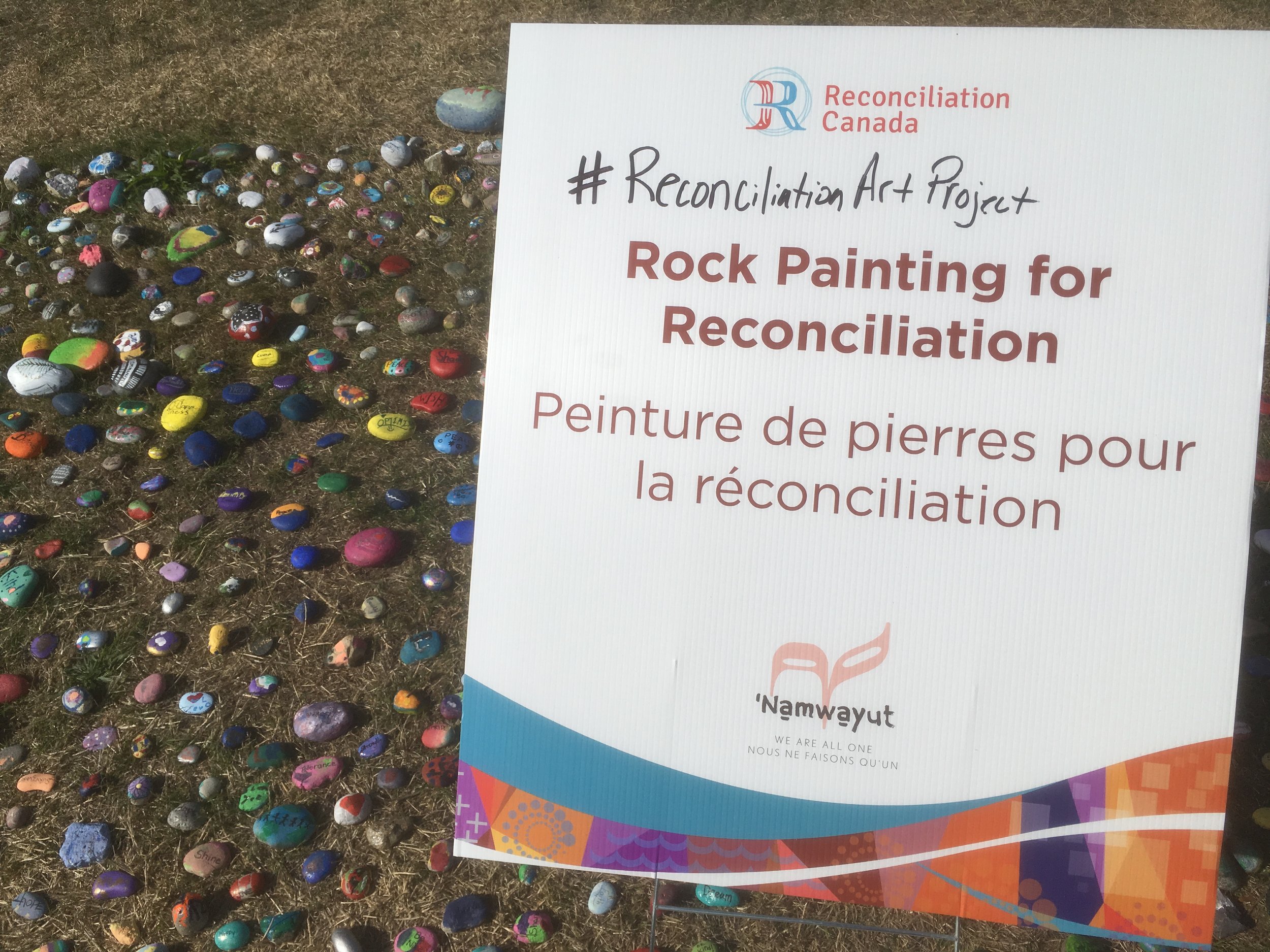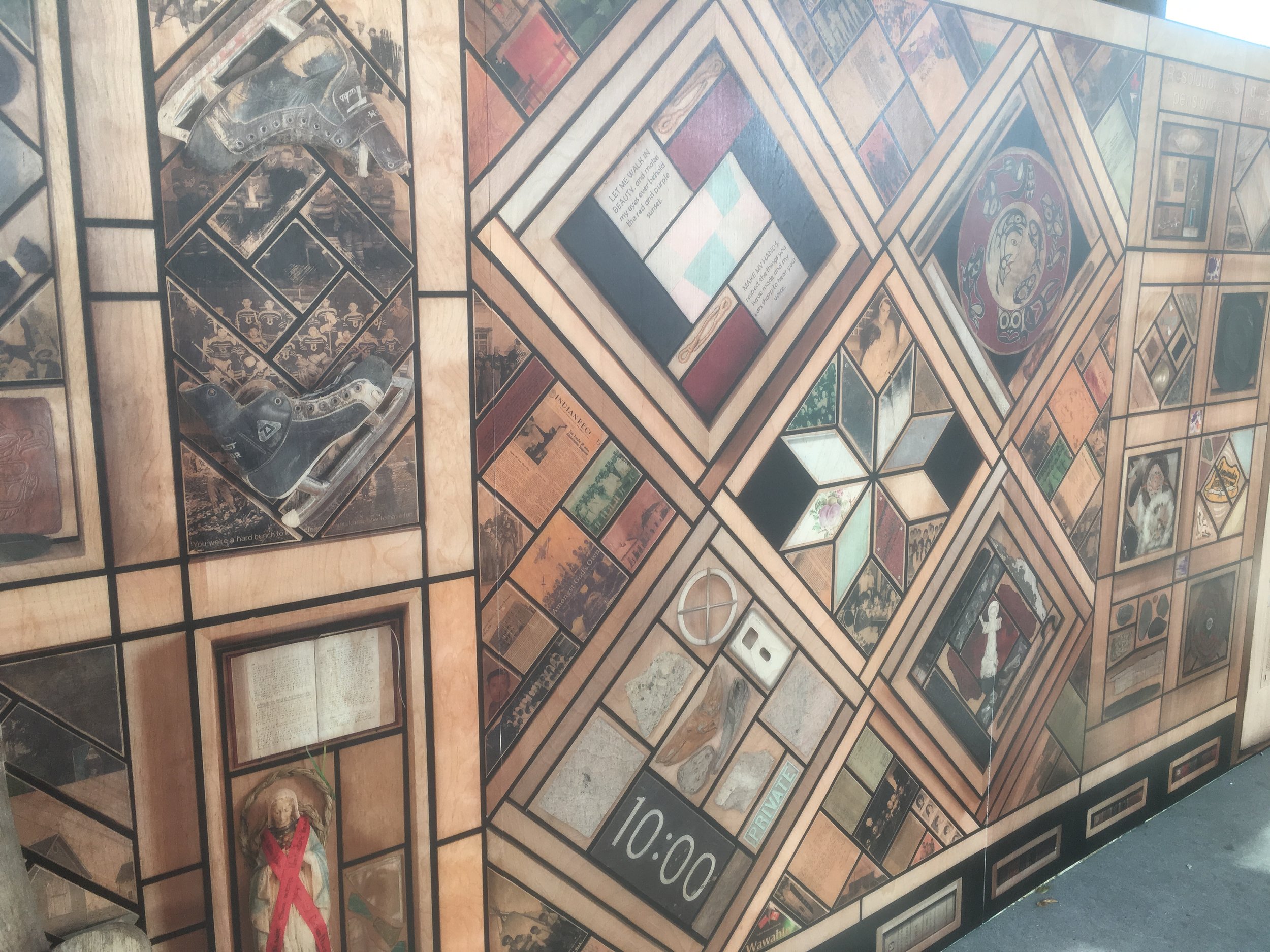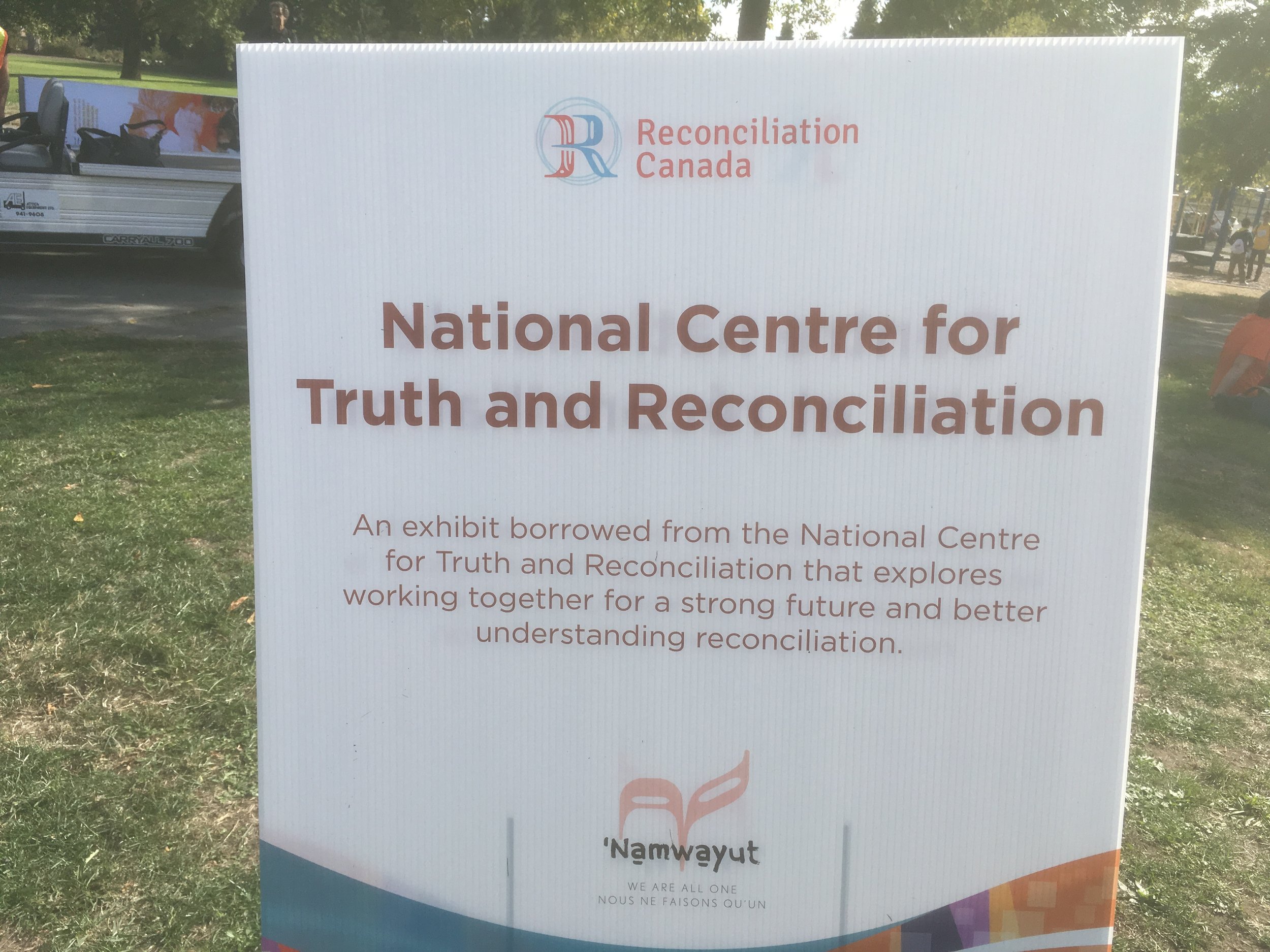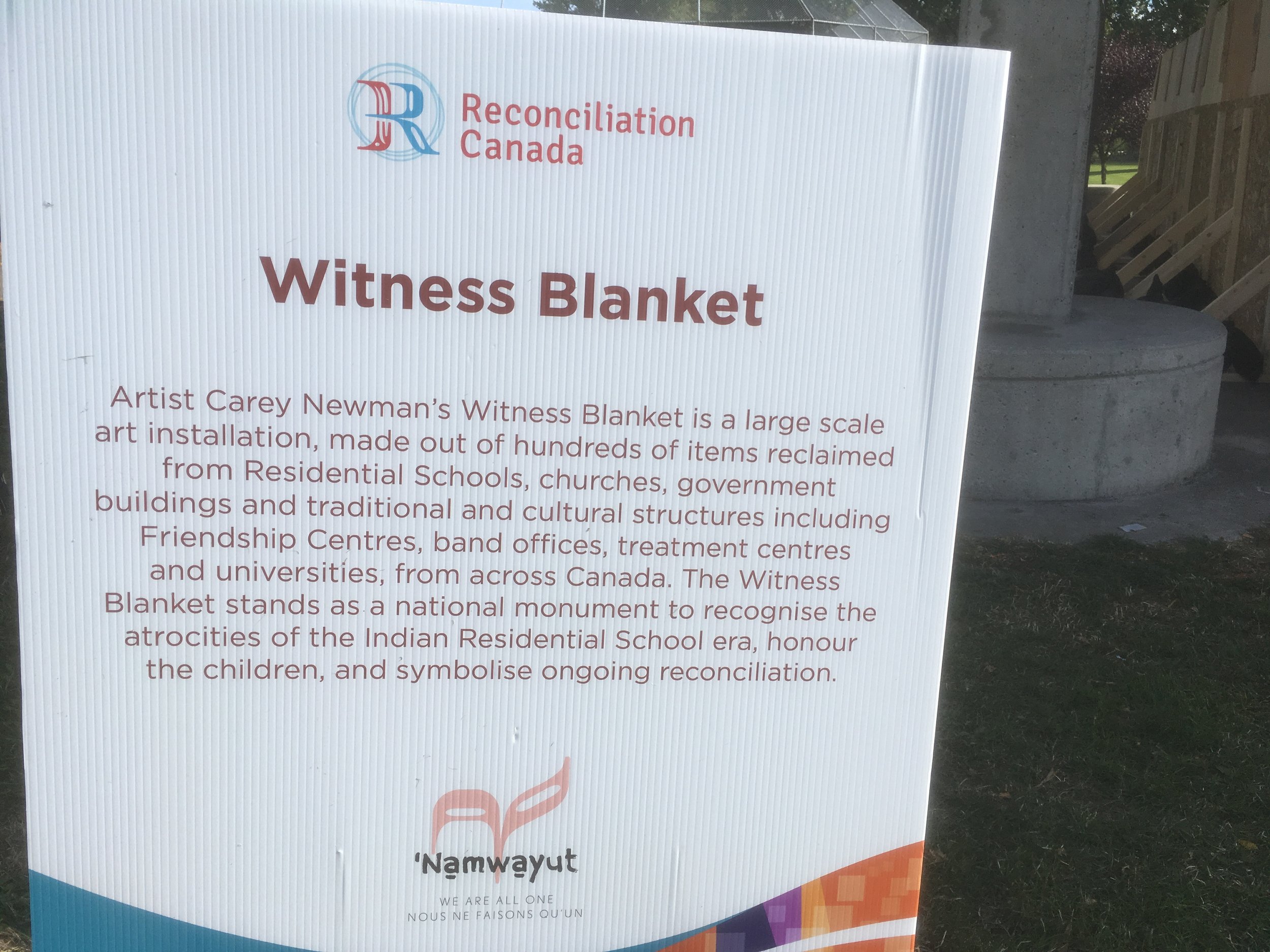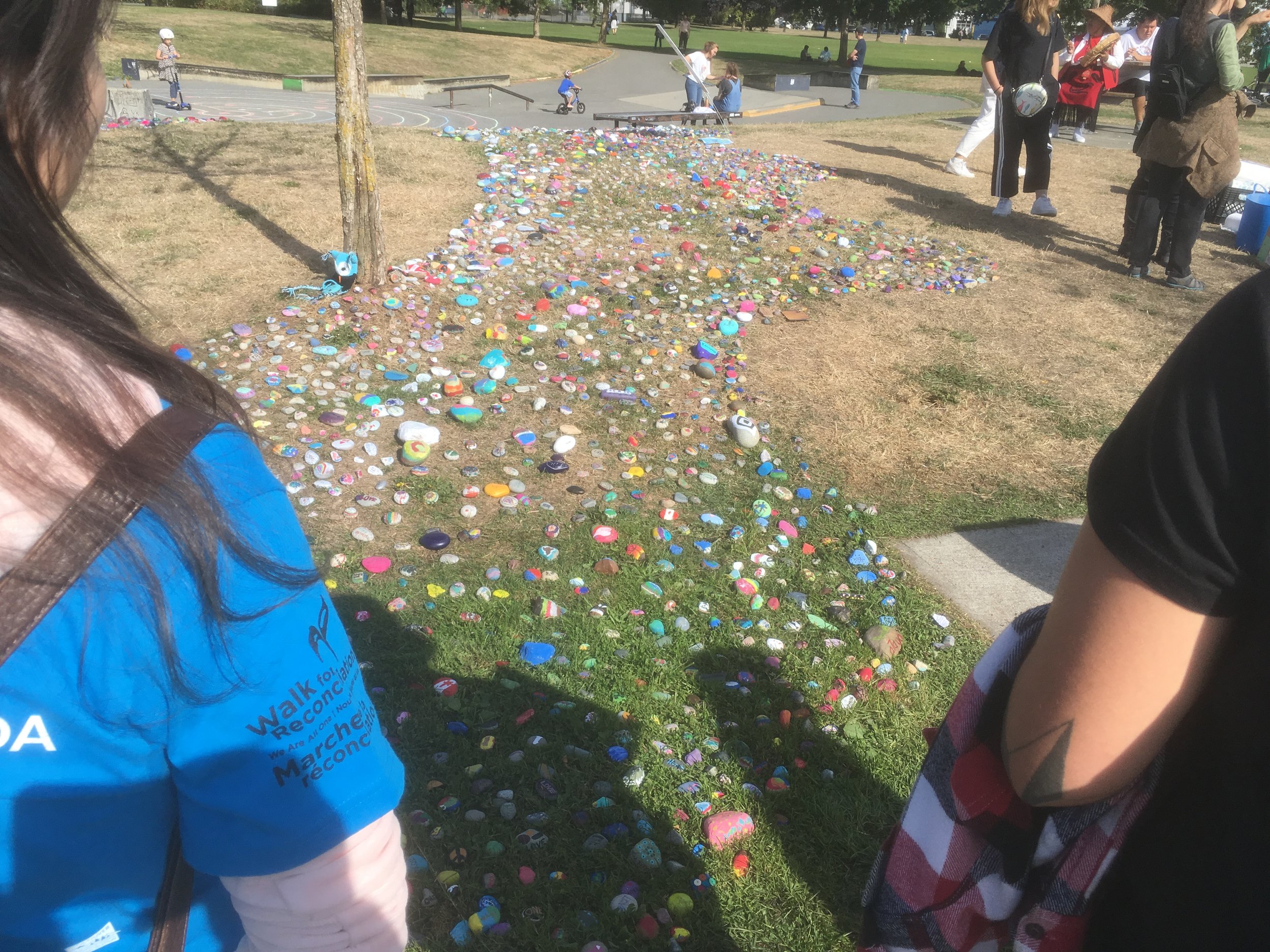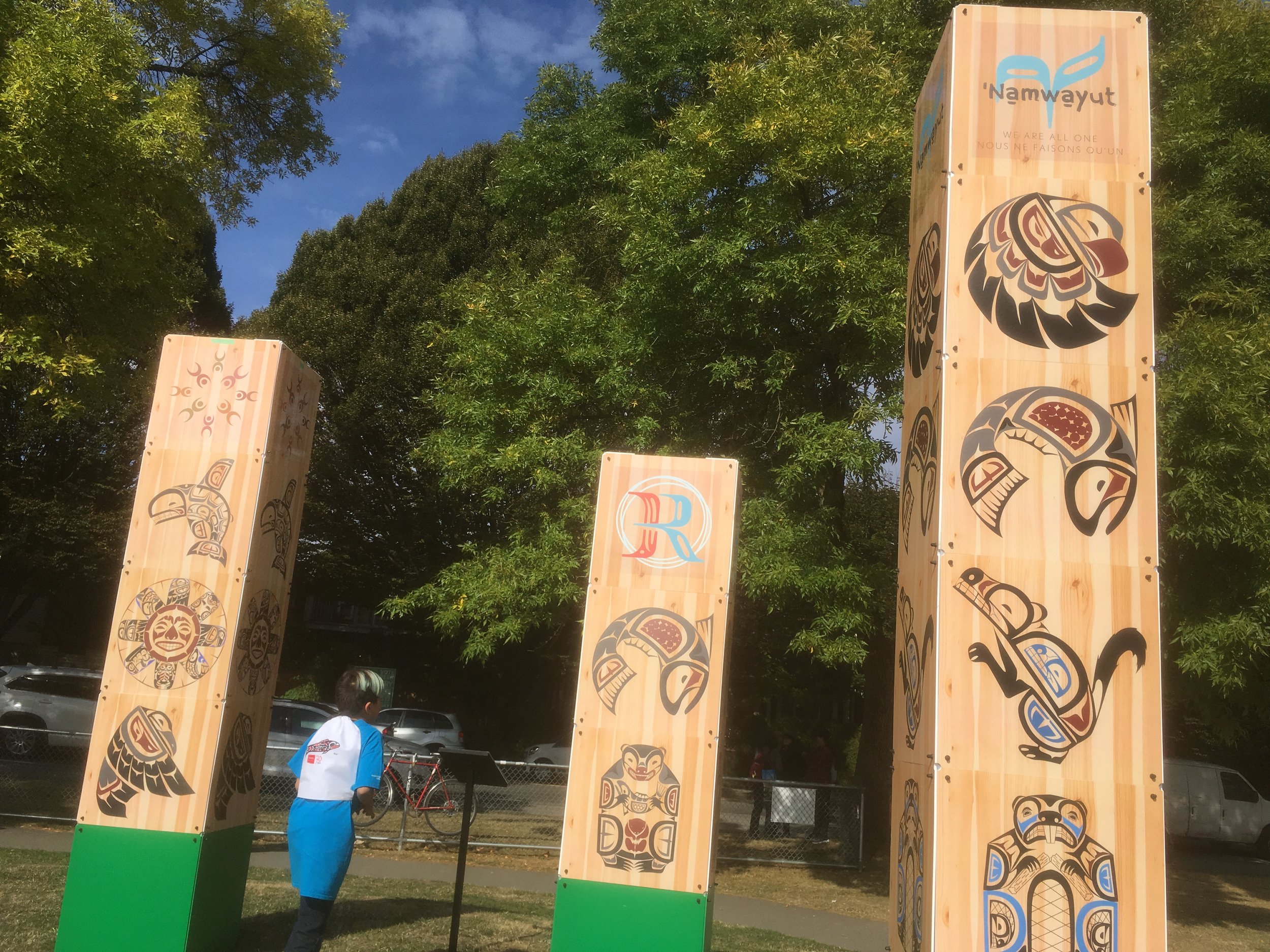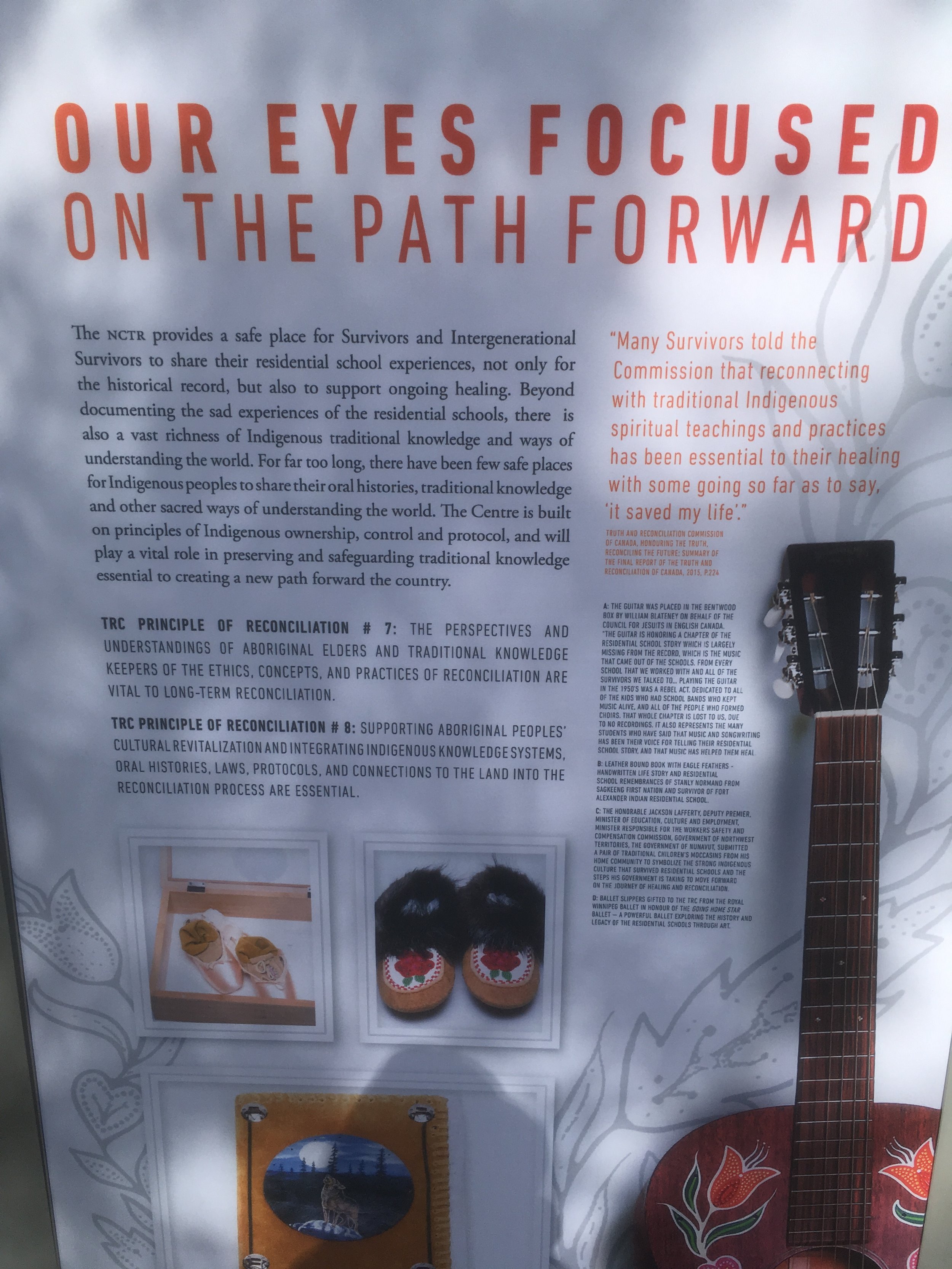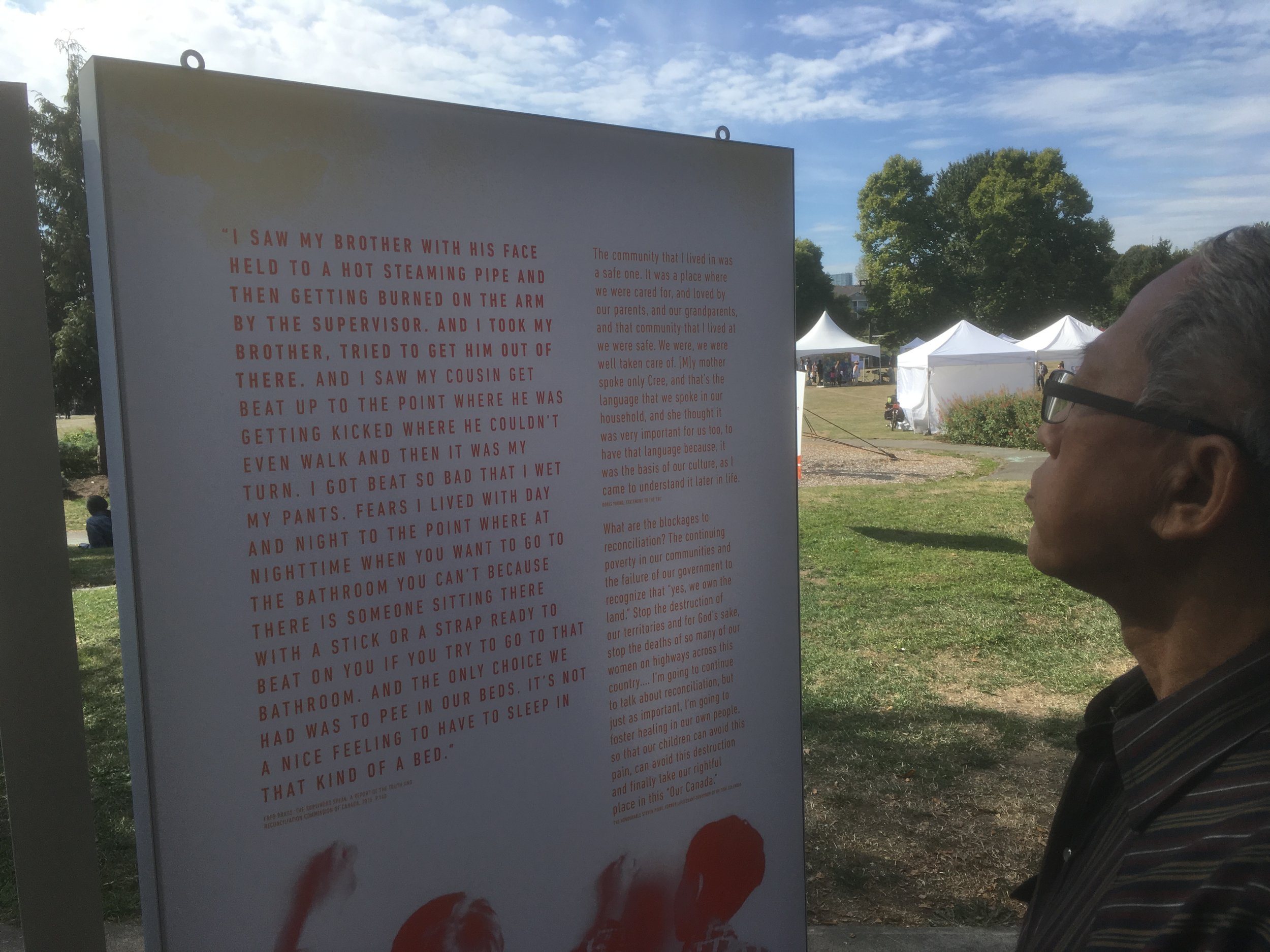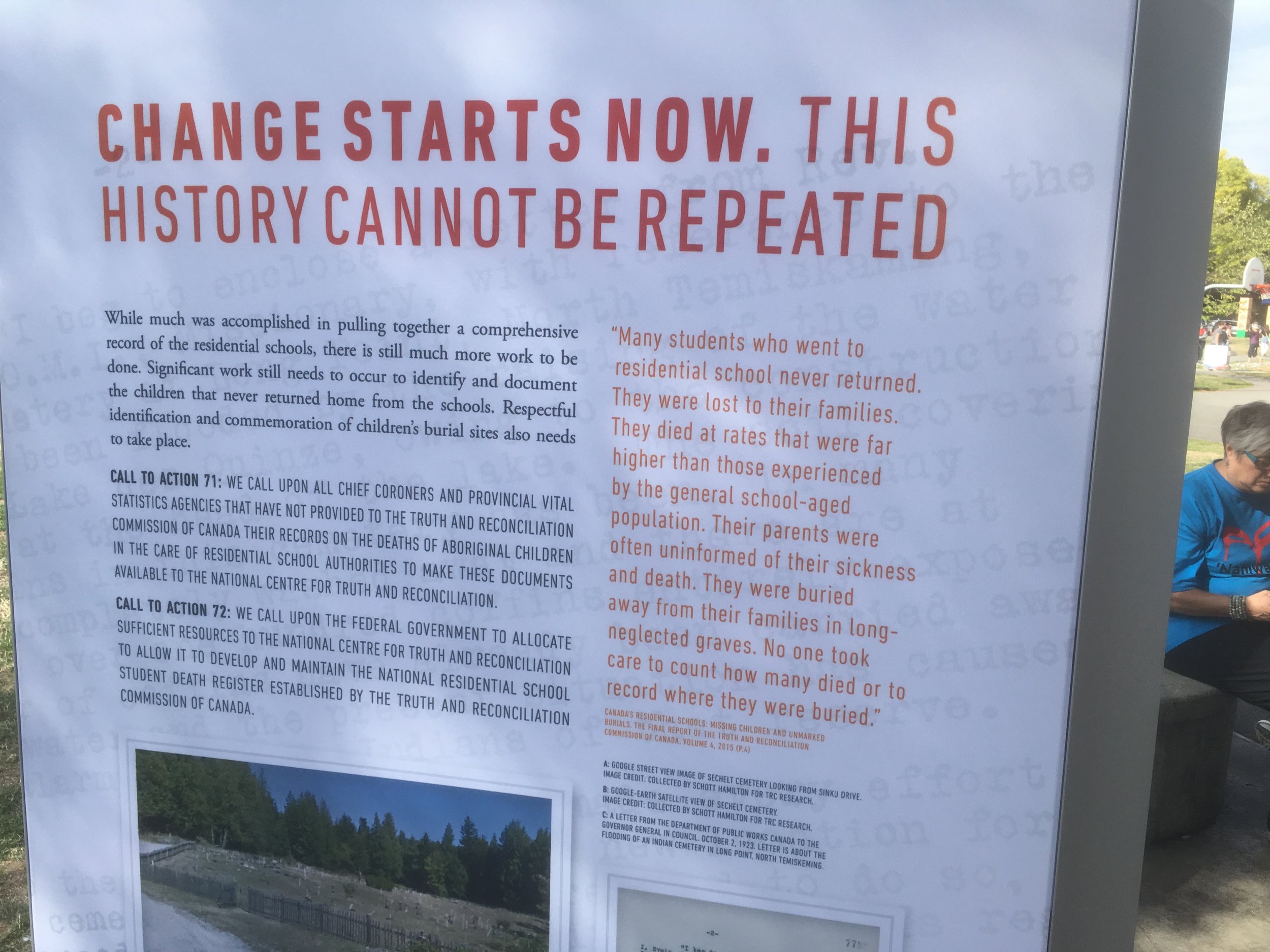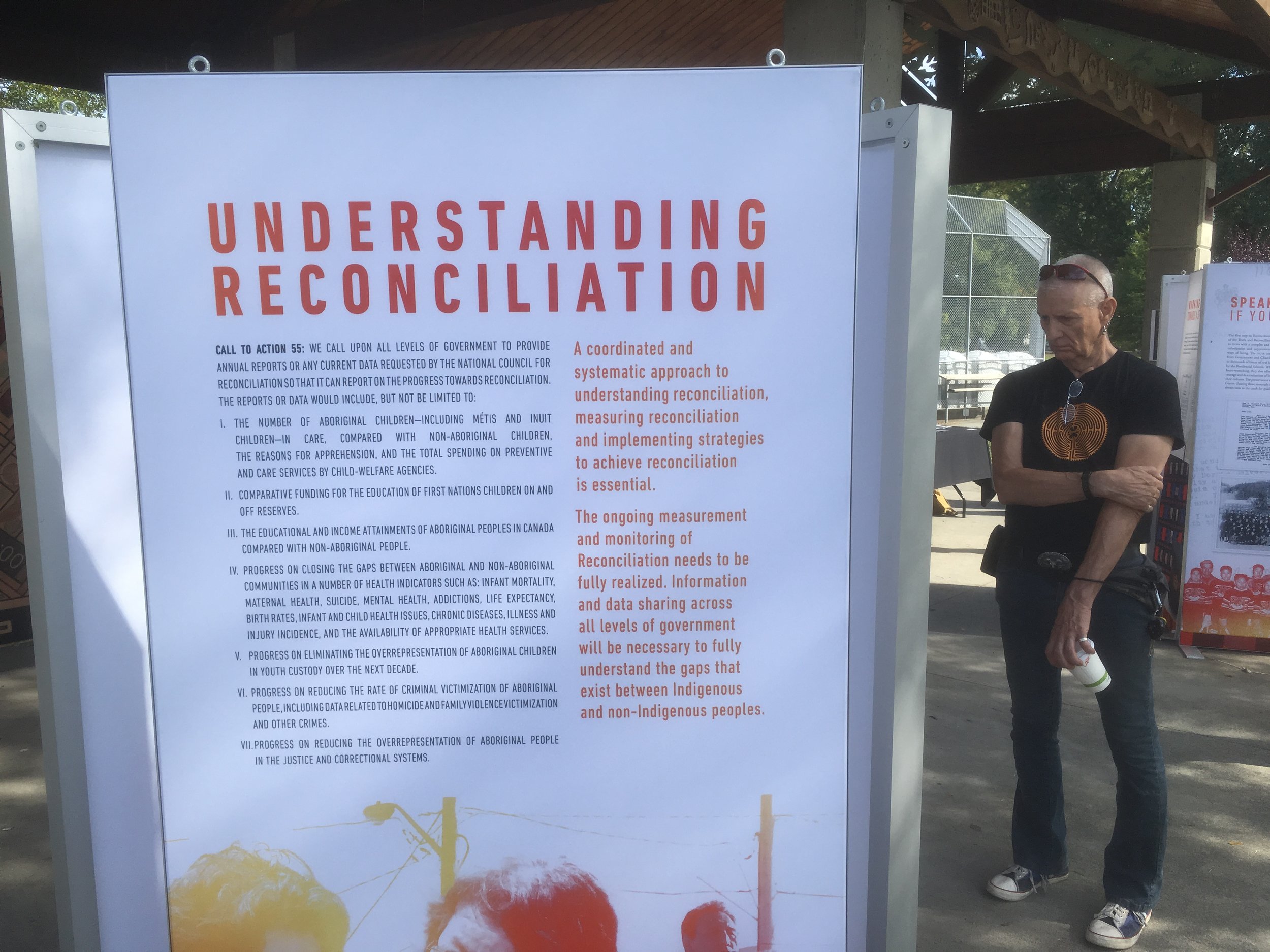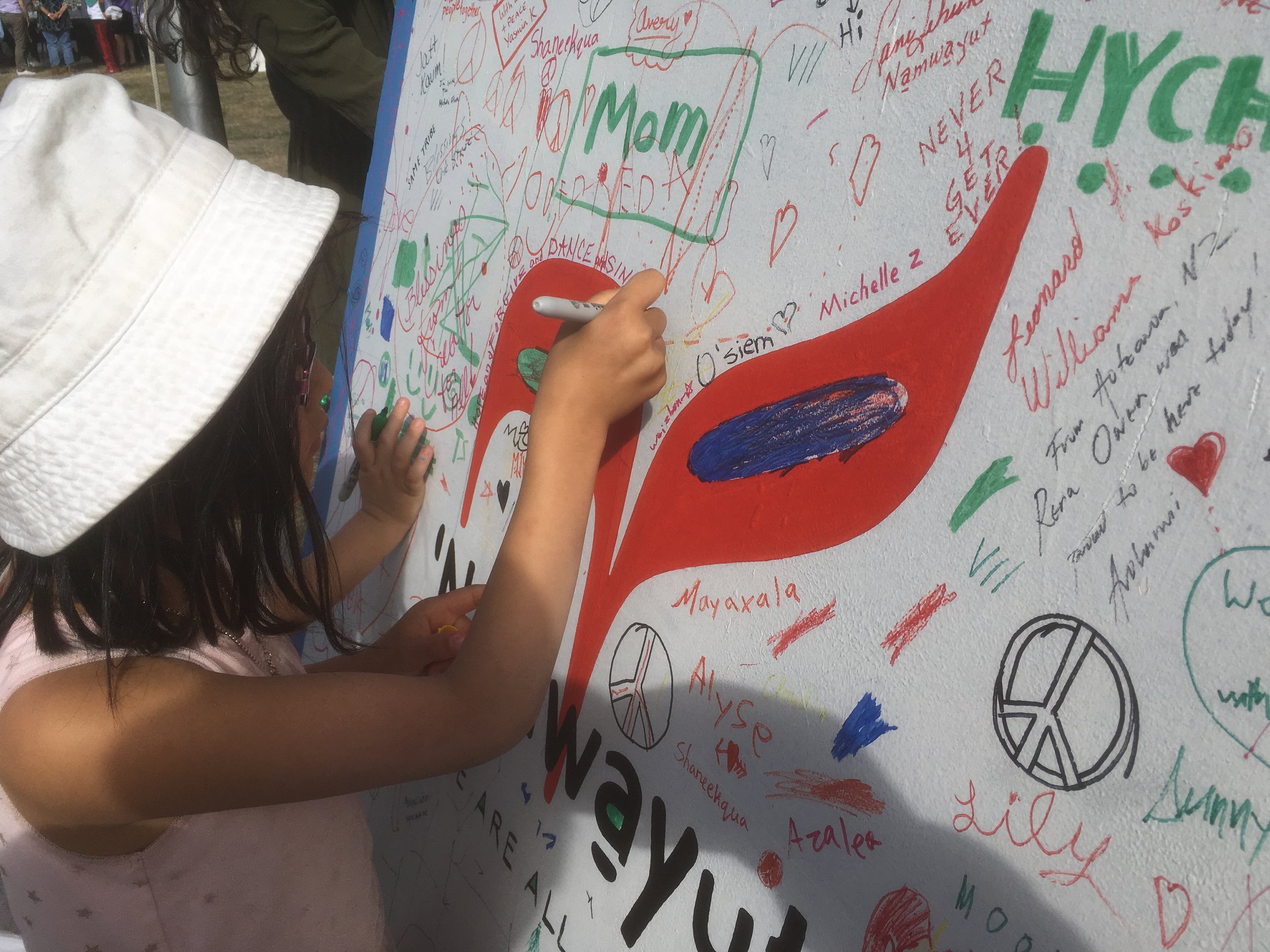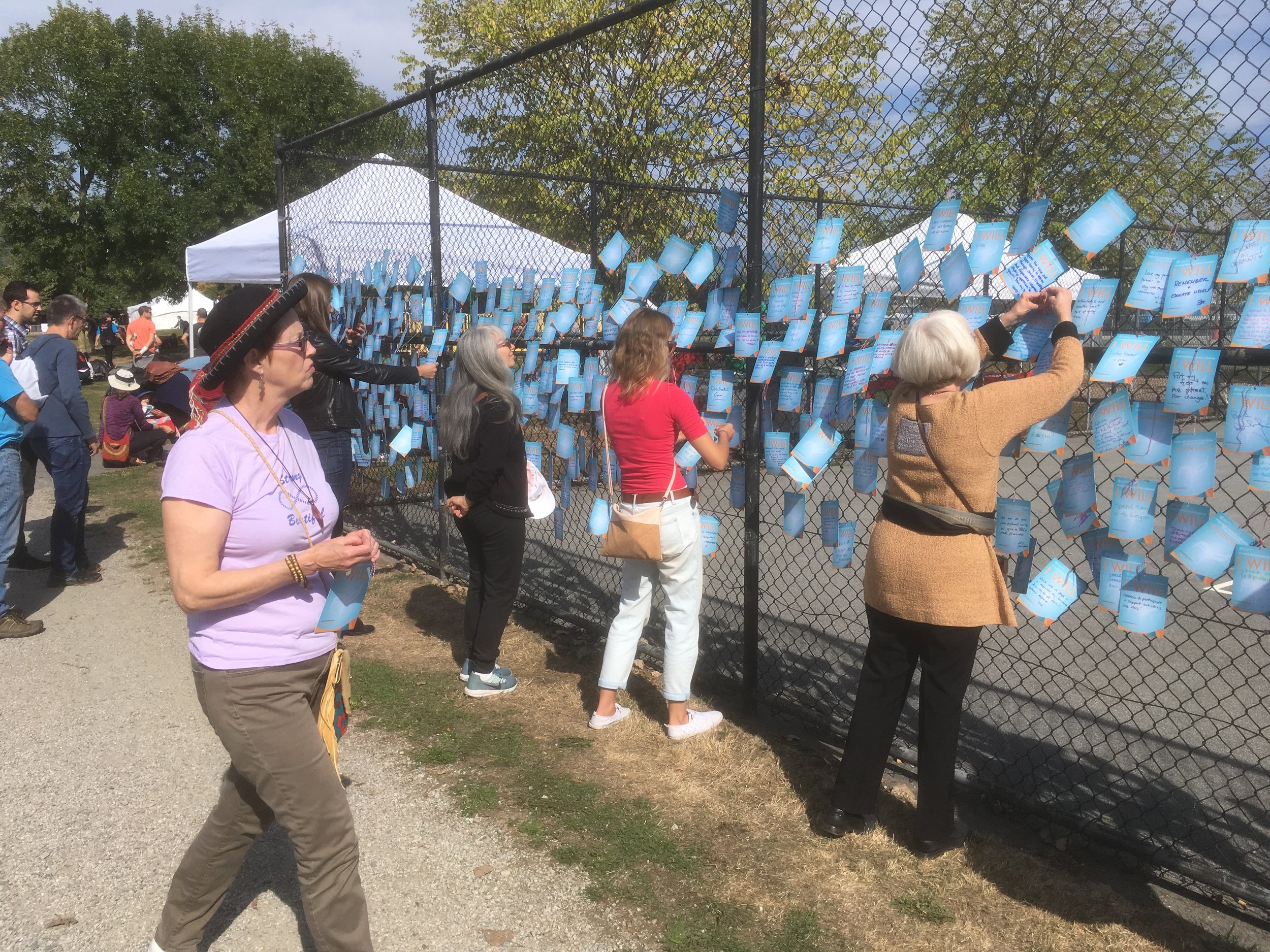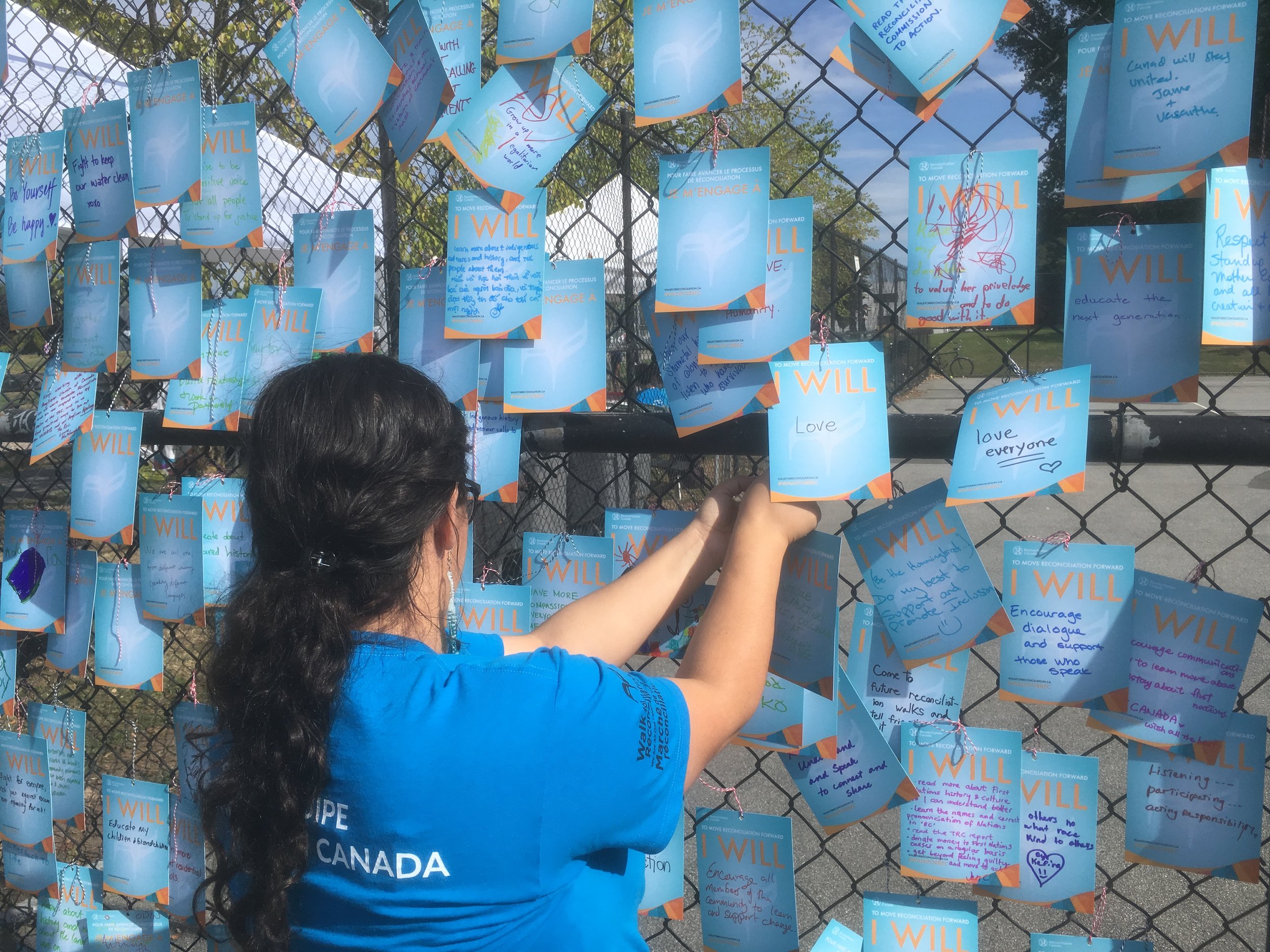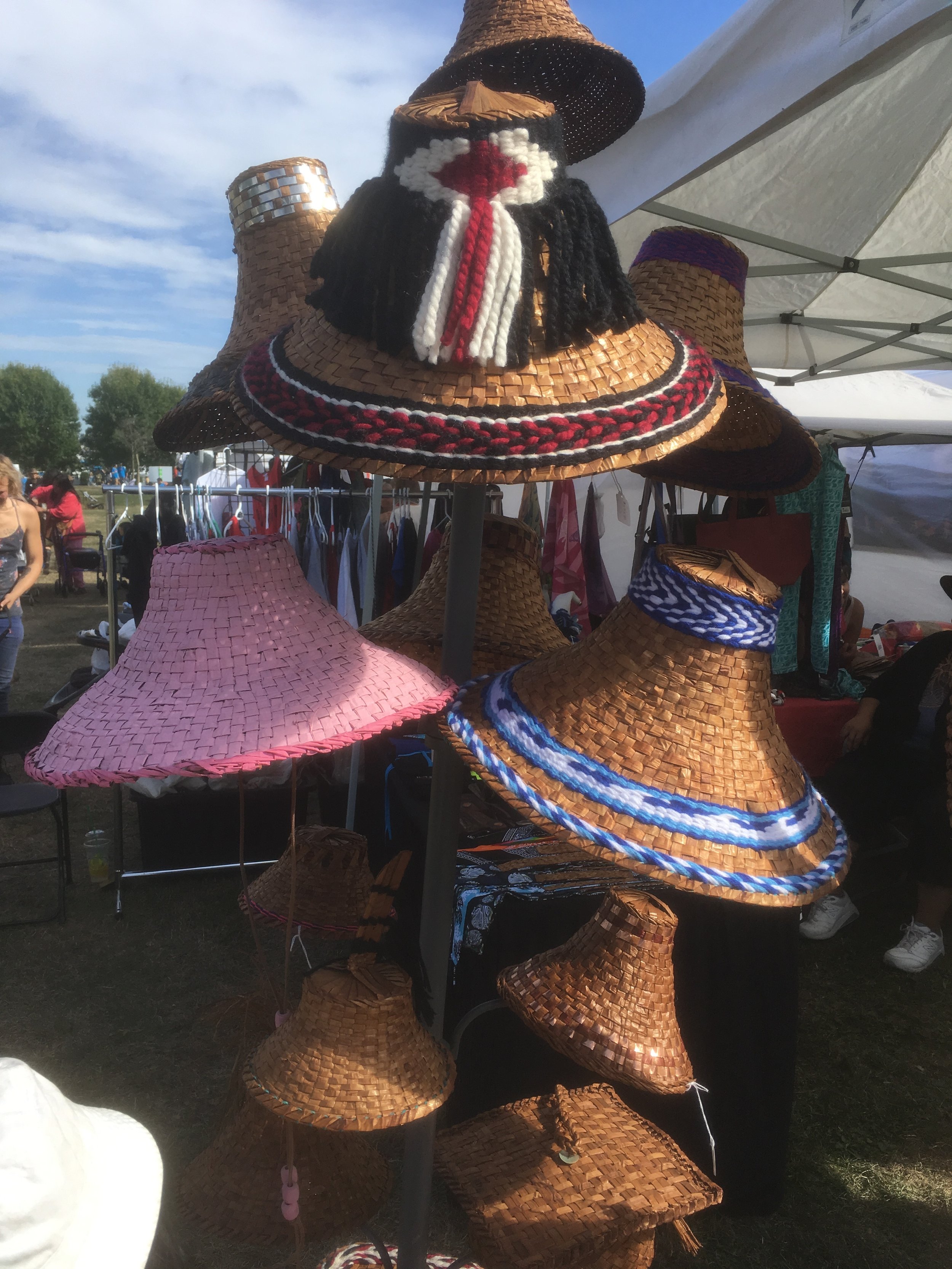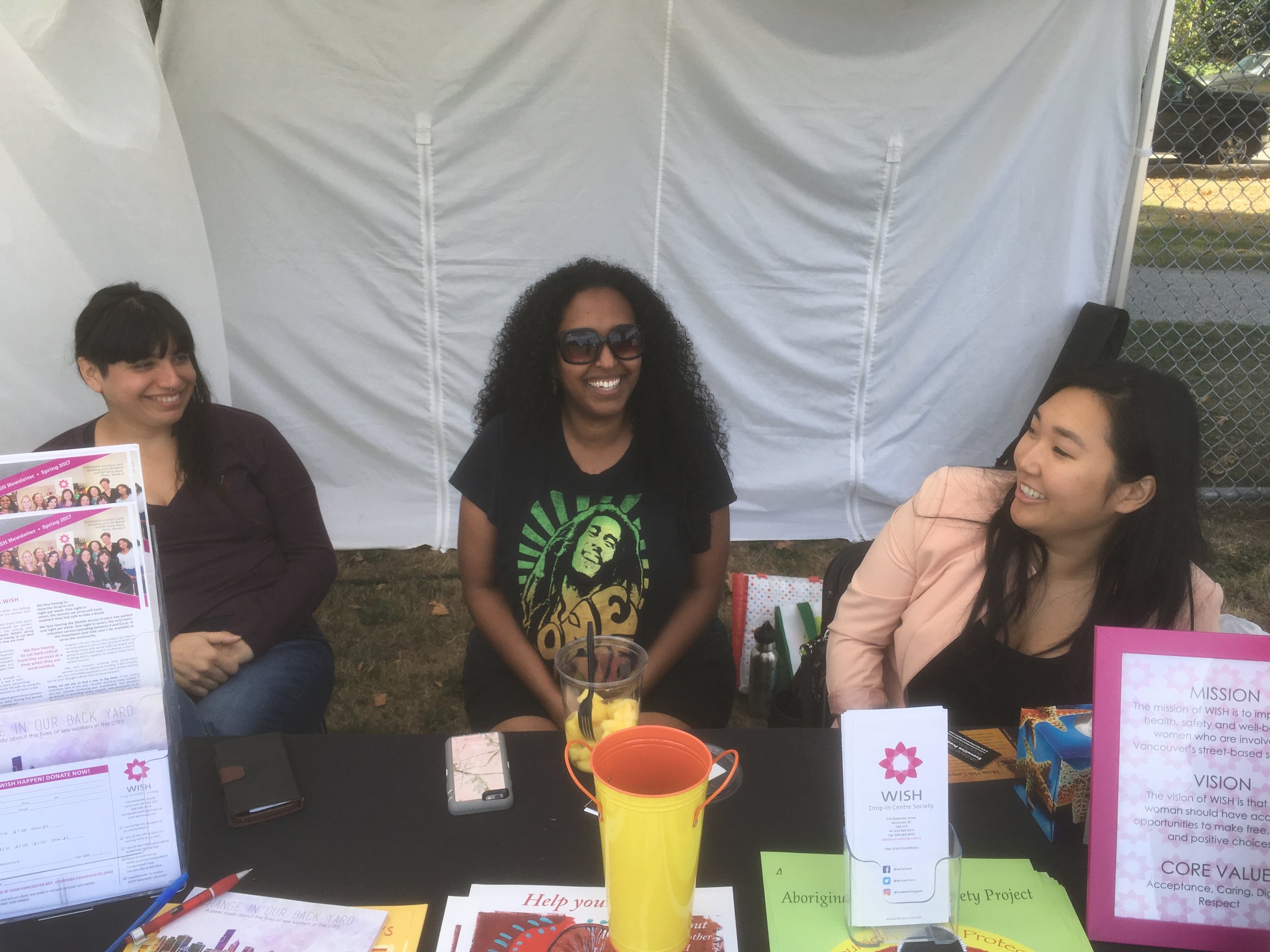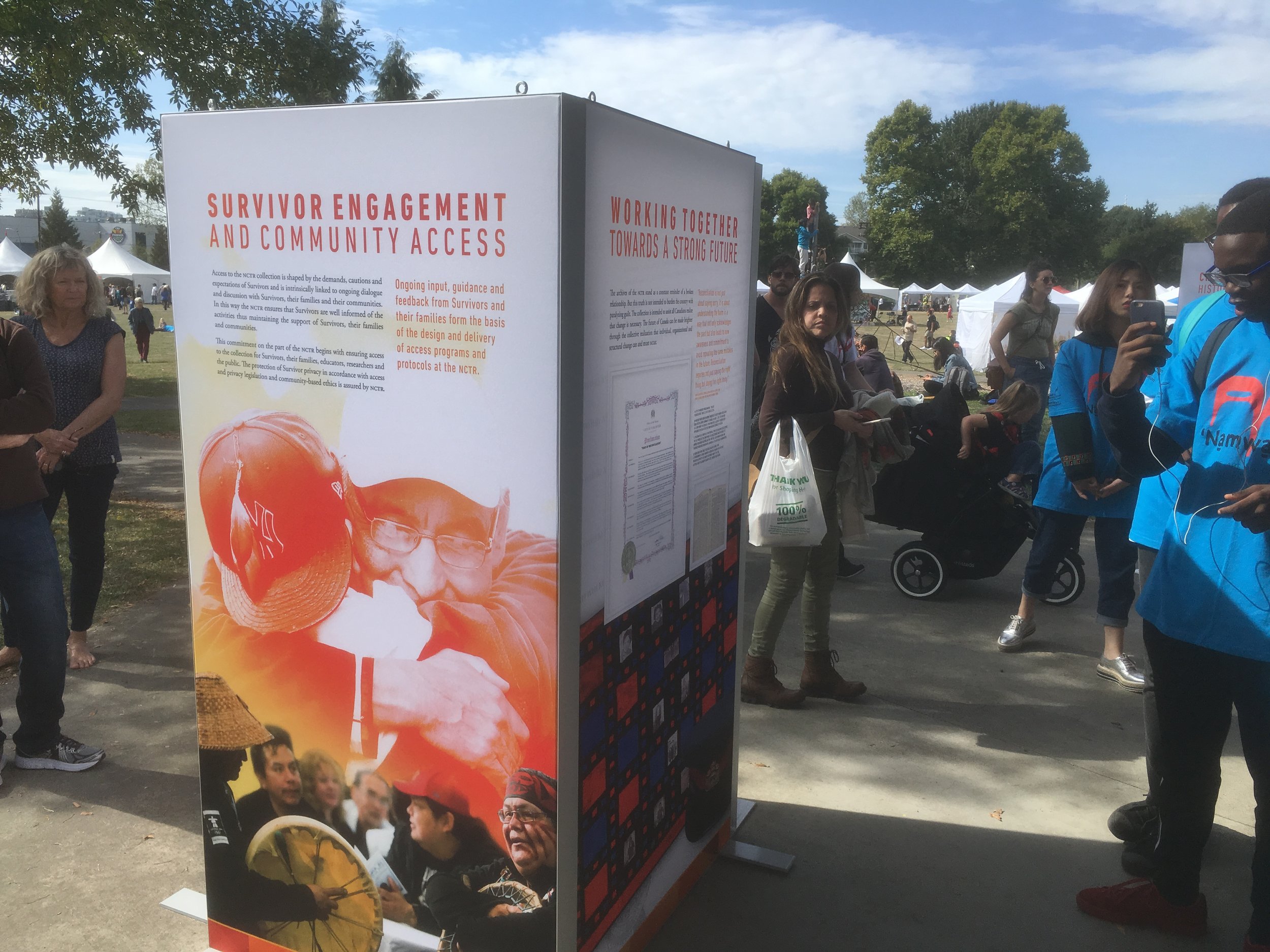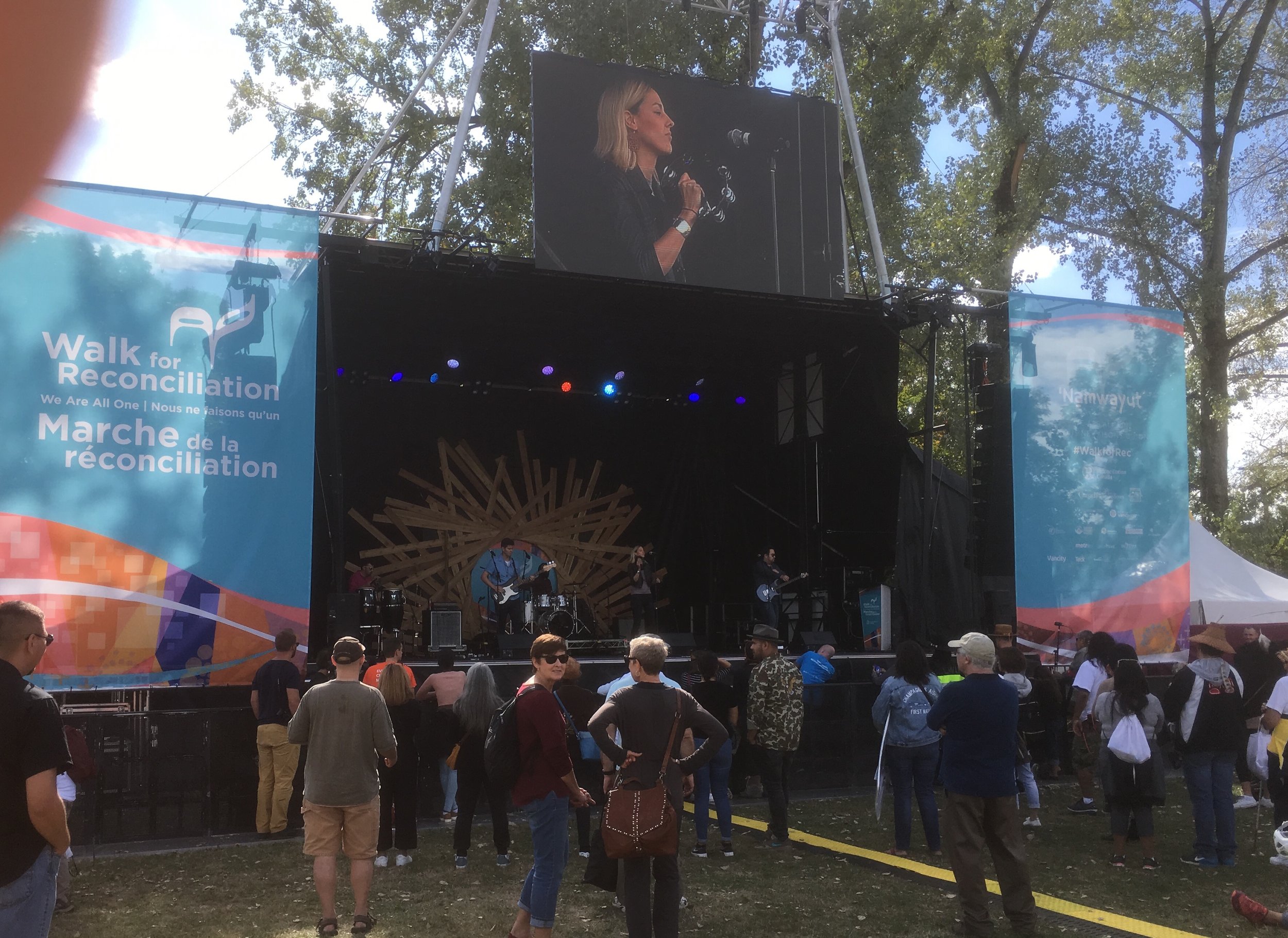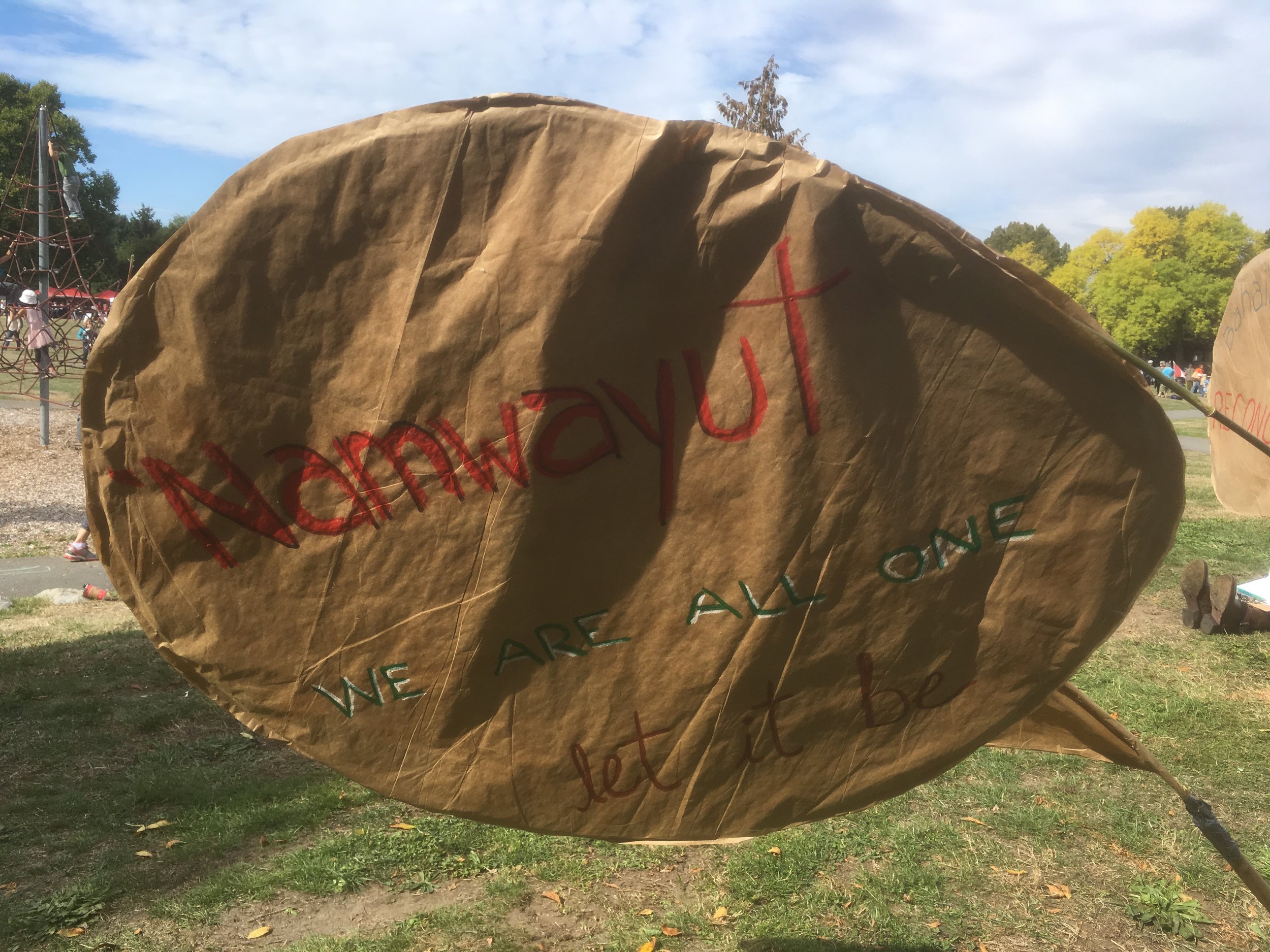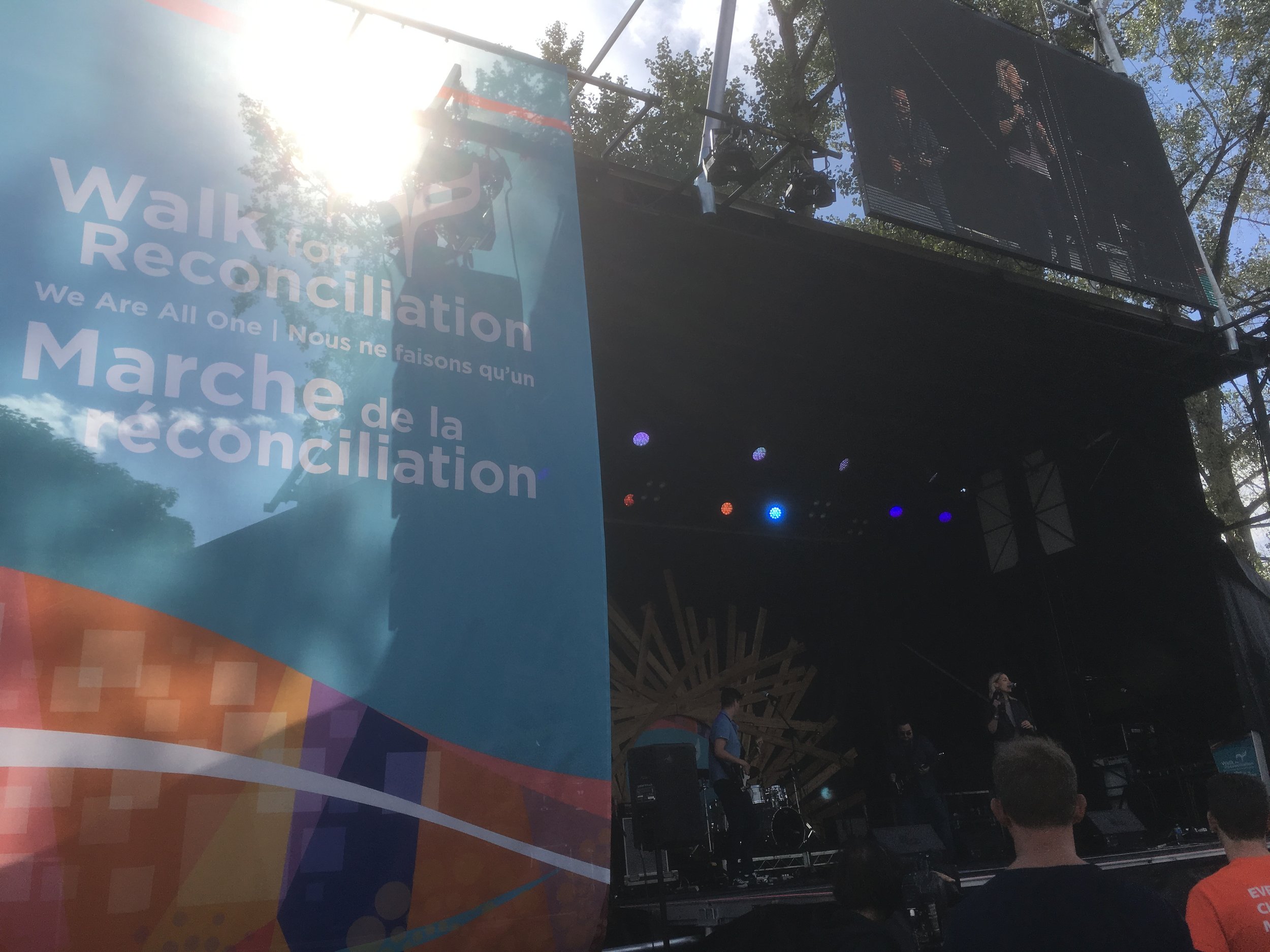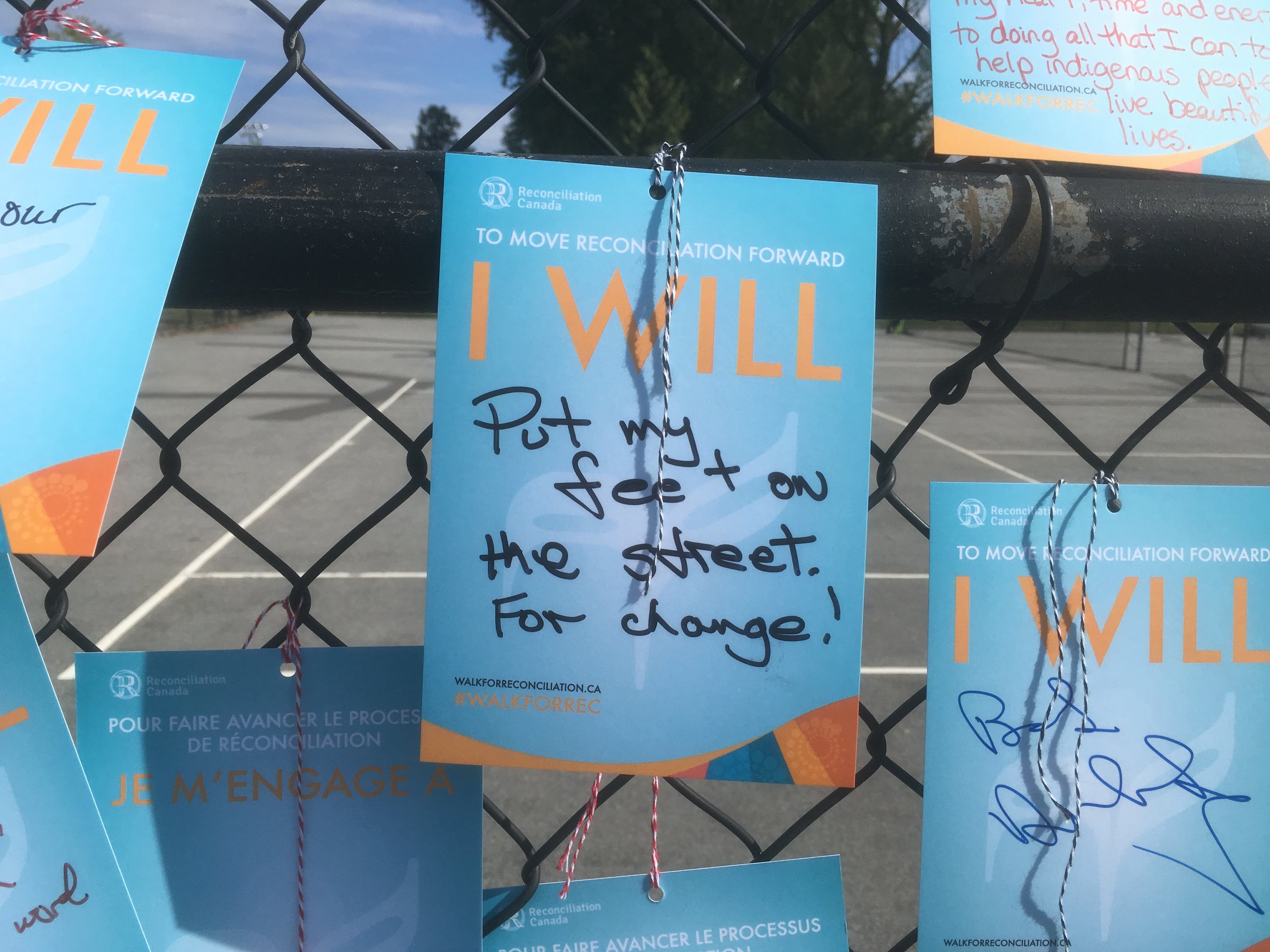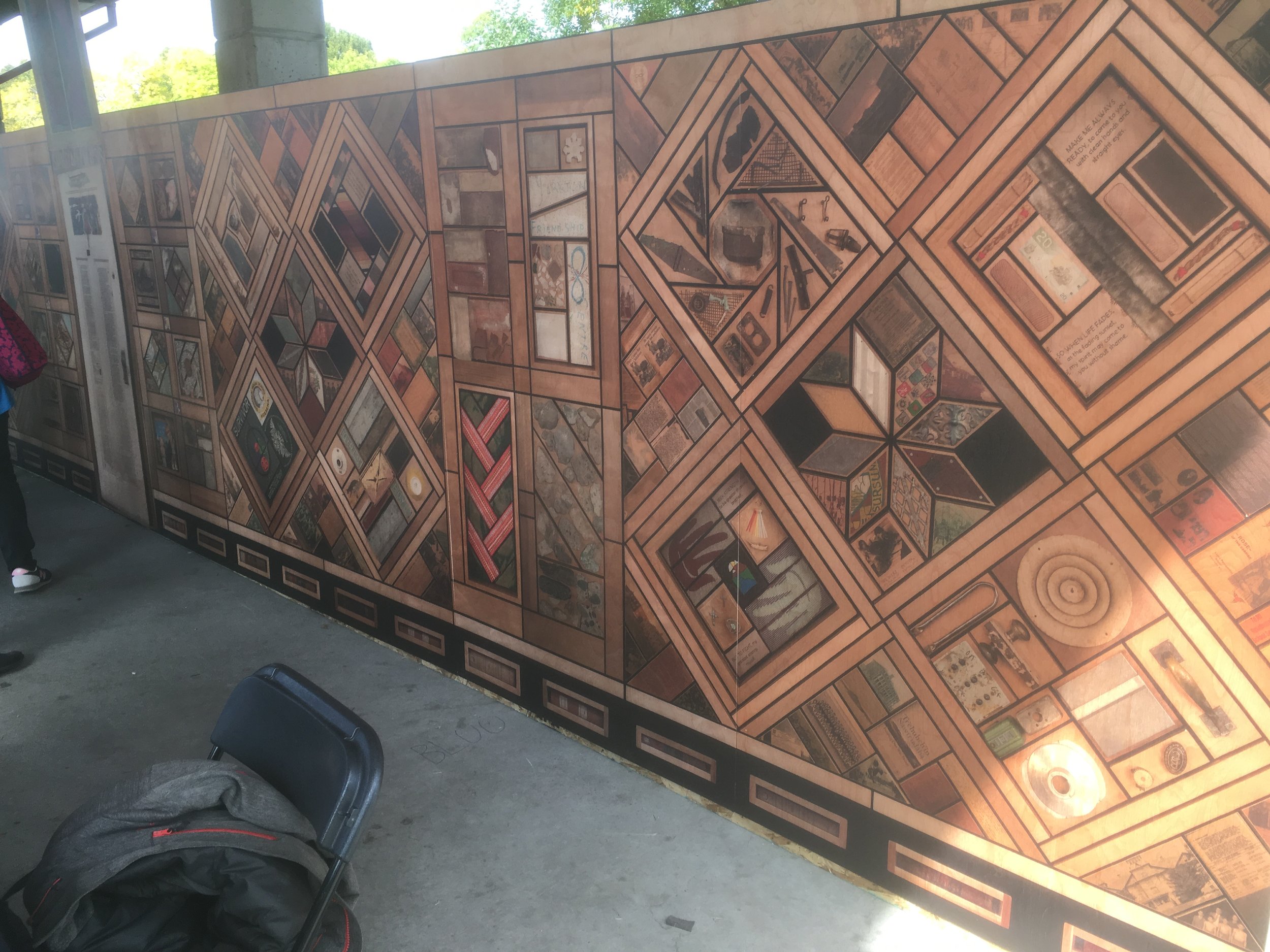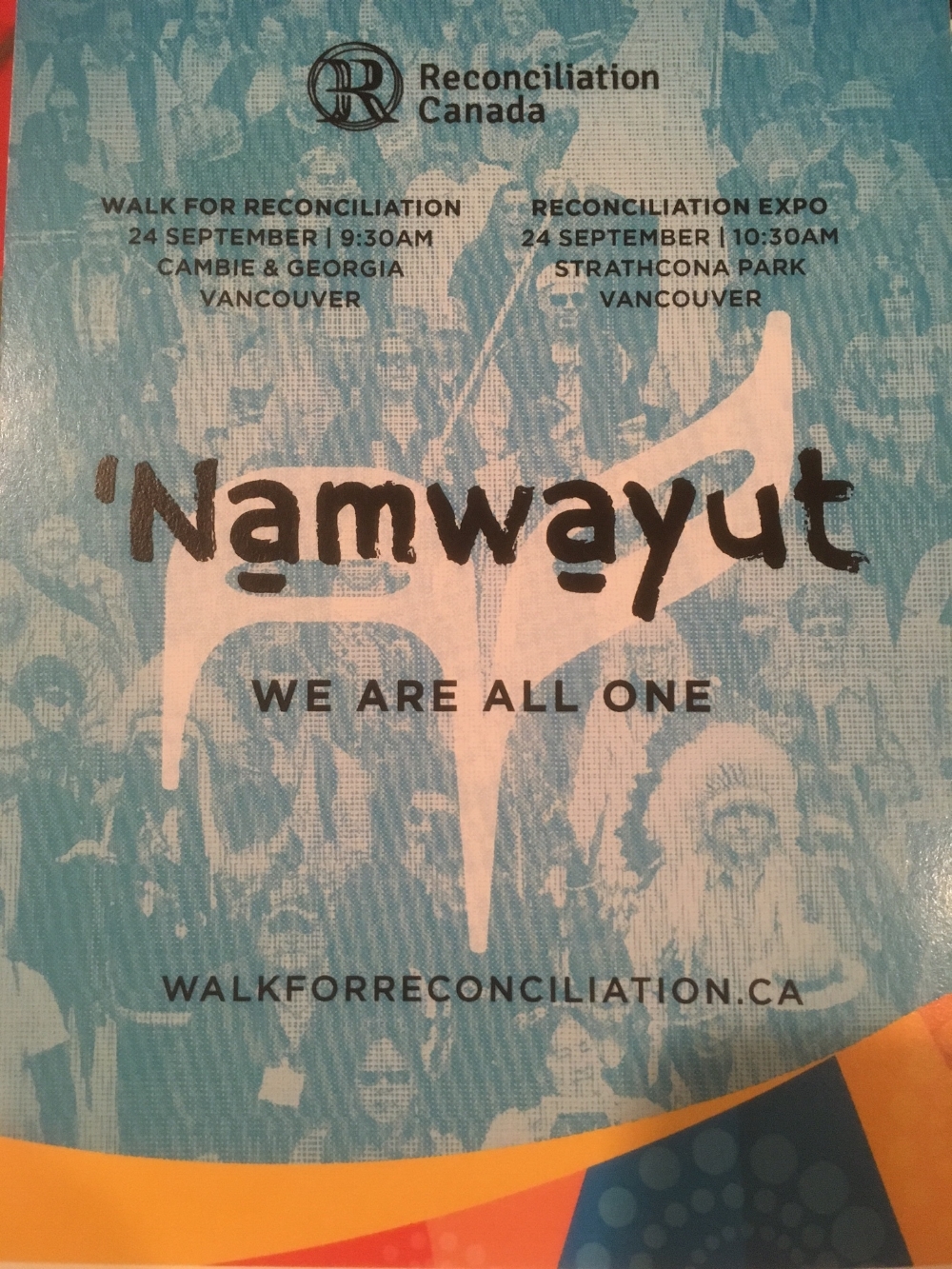An SFU History Panel Discussion with Heather Mayer (Portland Community College), Aaron Goings (St. Martin’s University), Eryk Martin (Kwantlen Polytechnic University)
October 6, 2017. The Hall at 1739 Venables. Vancouver.
By Jeff Shantz
This can be called an age of extremism, particularly as we see the rise of neo-fascist movements and nationalist violence and xenophobia. Yet extremism is often curiously applied as progressives become labelled as extreme in opposing fascists. And what does it mean to speak of extremism while excluding police killings of civilians, especially among racialized communities, and state violence generally?
These issues provide the backdrop for the event organized by the SFU Department of History, which I attended on October 6 in Vancouver. This is of course a timely discussion. Political extremism is widely misunderstood. Even more, the political center (neoliberalism typically today) claims to be reasonable while unleashing military violence globally and justifying the killings of a half-million Iraqi children, for example.
The first speaker Heather Mayer of Portland Community College, noted that radicals are often decried as extremists, yet most hold rational and thoughtful perspectives. Mayer’s research focuses on Louise Olivereau an anarchist and Wobbly (Industrial Workers of the World) active in Seattle. Olivereau was arrested for anti-war activities in 1917. She rejected the notion that the nation volunteered for war as President Wilson had suggested. Olivereau argued that the war was one for profit and power and most opposed it. She produced a flyer suggesting that the government existed only to protect property. It is for that purpose that workers are forced to go into the worst hell imaginable.
During the period Mayer discusses the government raided IWW halls and took her literature. Olivereau went to the police station and claimed them back.
Olivereau took famed anarchist Emma Goldman’s approach not to wage a legal defense but rather to turn the courtroom into a political venue for arguing against the war and to explain anarchism. For Olivereau, freedom within the law is not really freedom at all because of the nature of the state and laws. Sedition laws prohibited criticism of the flag, military, etc.
Mayer noted that there are real personal costs for people taking principled positions against authorities, even among their own circles. Olivereau felt that even her friends in the IWW did not fully support her. After release she did some work on prison reform. But she cut ties with many friends after her release. Indeed, one will find out very quickly who your allies are and that those who speak for social justice when it is safe will become silent when someone stands up and they then have to back them up.
The second speaker, Aaron Goings of St. Martin’s University, also focused on the IWW. Goins started with a personal story of organizing faculty in a context of administration attacks on unions. His school claimed that as a Christian university they did not have to recognize unions because unions went against their religious beliefs.
Goings noted that anti-unionism has a violent even extreme history in the US. It is a militant anti-unionism. He referred to cases such as the Calumet copper mining massacre in 1913, a massacre at the children’s Christmas party when anti-union thugs contributed to the deaths of 73-79 people, mostly children. The event was believed to be the doing of the Citizens Alliance, a boss friendly club of vigilantes formed during the miners’ strike. Charles Moyer, labor leader, called the deaths mass murder and two days later was shot by thugs. Even children were shot during the picket lines.
In 1914, the Colorado Militia shot and killed 14 people, 11 children at Ludlow. The militia fired into the workers’ tent city.
These cases were only two of many labor wars in the US between the Gilded Age and World War Two. Much of the violence was directed against the IWW. Local employers were often deputized and sanctioned in using violence against workers. Citizens Alliances were designed to break strikes. In 1912, in San Diego, an Alliance was used to keep the IWW from speaking publicly. Alliances often included members of the Chamber of Commerce. Employers could do anything—terrorize strikers and non-strike supporters.
Newspaper editors sided with other employers to condemn strikes. Strikers were, as today, accused of crime and violence. Those who committed anti-union violence went unpunished and were even celebrated. Streets were named after strike breakers.
The final speaker was our colleague, Eryk Martin, from the Department of History at KPU. Martin’s work is interested in the resurgence of anarchist activism between 1967 and 1984. His talk focused on the groups Direct Action and the Women’s Fire Brigade, both active in Vancouver. In 1982 they carried out three high profile acts of industrial sabotage. First was the bombing of a BC Hydro generator on Vancouver Island. Second was the bombing of Lytton Systems, involved in making the cruise missile. Third was the firebombing of three Vancouver area porn stores, Red Hot Video, alleged to sell snuff videos and videos of violence against women Martin asks what these actions say about political violence today.
Martin noted that illegal or militant activism is typically interpreted in ways that prevent understanding. Today, for example, there is a false equivalence between fascists and antifascists (antifa) as both are said to represent forms of extremism (rendering the term meaningless). There is also an idea that allextremism is irrational. Martin noted that after the Lytton Systems bombing, Direct Action were called mindless, violent, even foreign, by the Globe and Mail. But the act was a response to broad systemic violence (war, imperialism, nuclear threats) that were not labelled irrational or violent.
Both Direct Action and the Women’s Fire Brigade were rooted in broader social movements. The Lytton bombing had a rational base to it. It was not mindless or irrational. Direct Action pursued sabotage through property destruction. They understood sabotage as legitimate, as a form of self defense. It is needed to stop or slow down technologies that have as their aim and outcome the destruction of humanity and the planet. The cruise missile was built on a global model of decentralized production. Resistance must also be decentralized. Sabotage was viewed by Direct Action as action of last resort after other measures had failed.
In the aftermath of the Lytton Systems bombing response was heated. The blast inflicted millions of dollars of damage on the company. It was massive. But it also injured seven people.
Other anti-nuke groups condemned it. Some in the 1970s and 1980s had argued that property destruction discredited the anti-war movement. Sound familiar?
A small group of activists defended it. In/Direct Action, a supporting group, argued that activist violence was nothing compared to state violence. Private property does not have rights that supercede the needs of humans. Famed anti-war activist Philip Berrigan supported Direct Action. He maintained that Lytton Systems were the real terrorists.
Police, missing no moment to step up their violence, raided anarchist groups and spaces. Cops used violence against specific activists. It seemed, Martin noted, like simple vengeance or the settling of scores.
Notably, the bombing did not slow the anti-cruise movement. In fact, Lytton Systems lost their Pentagon contract. The bombing did not hurt or lessen dissent. There were mass protests in Canada—marches of 60,000 and 100,000 in Toronto and Vancouver.
Each of the speakers made clear that wider patterns of extremism are overlooked but are essential to why activists do what they do. State extremism. Police. And the same forces remain. Mega projects like BC Hydro’s current Site C dam project. Nuclear weapons and the belligerence of Trump. Rape culture and misogyny.
The panellists insisted that we need to take political radicalism seriously. Mining, forestry, textiles work was violence. Exploitation is a form of one way class violence suffered by workers not by the capitalist class. The IWW provides a model in its recognition that there is a need for different types of activism. And for activism that defends against systemic (state, police, fascist) violence. It was left unspoken that punching fascists is both rational and necessary.
